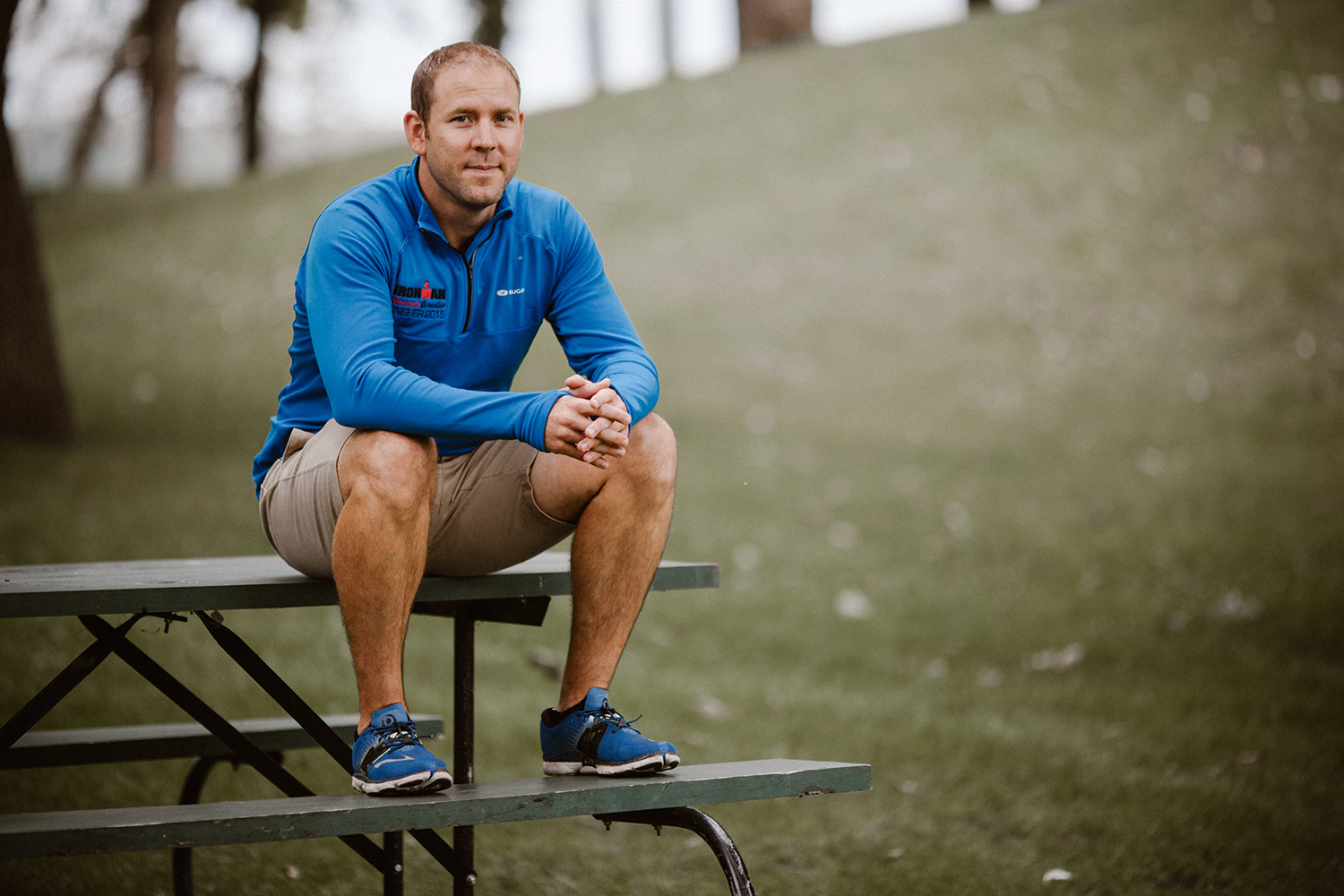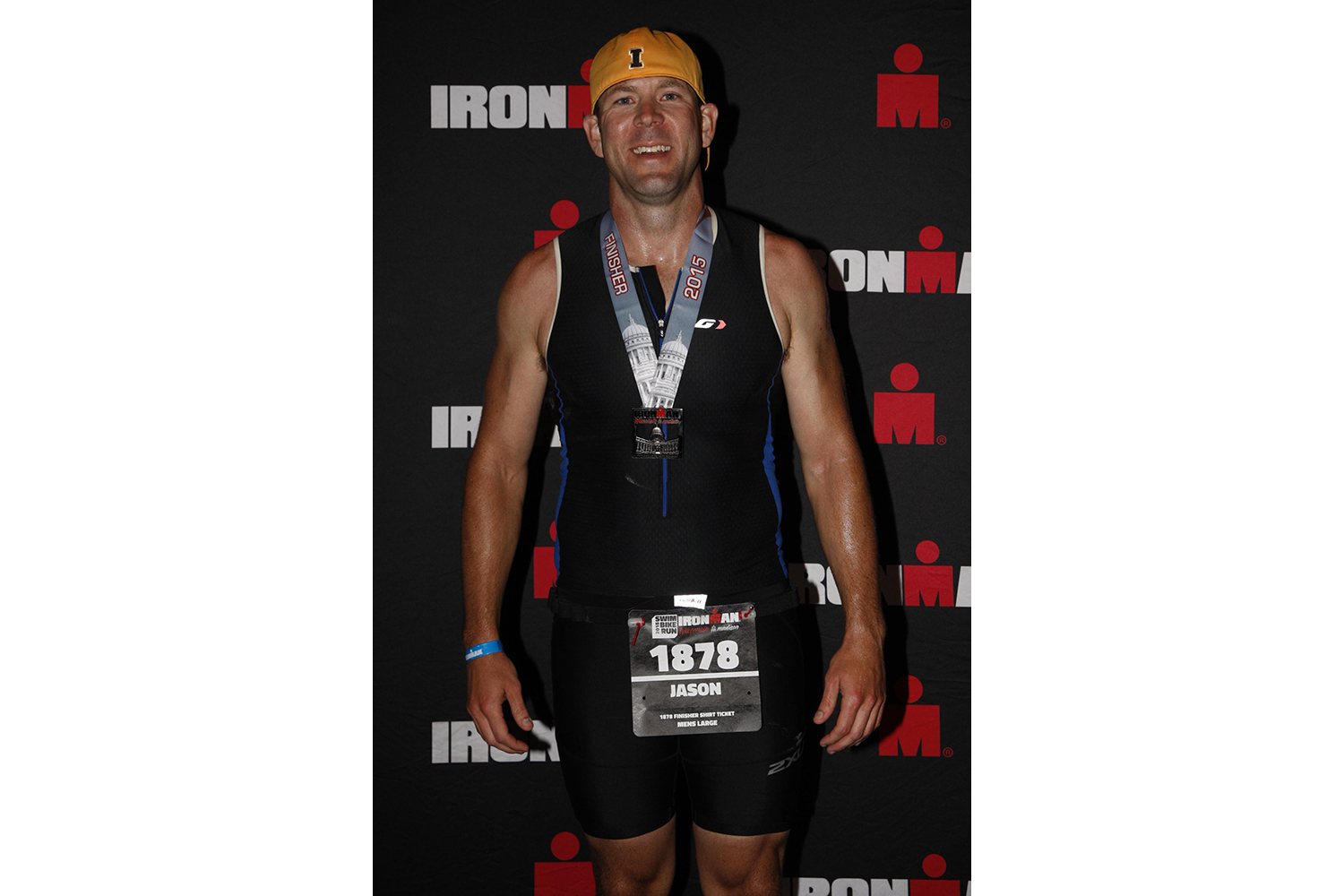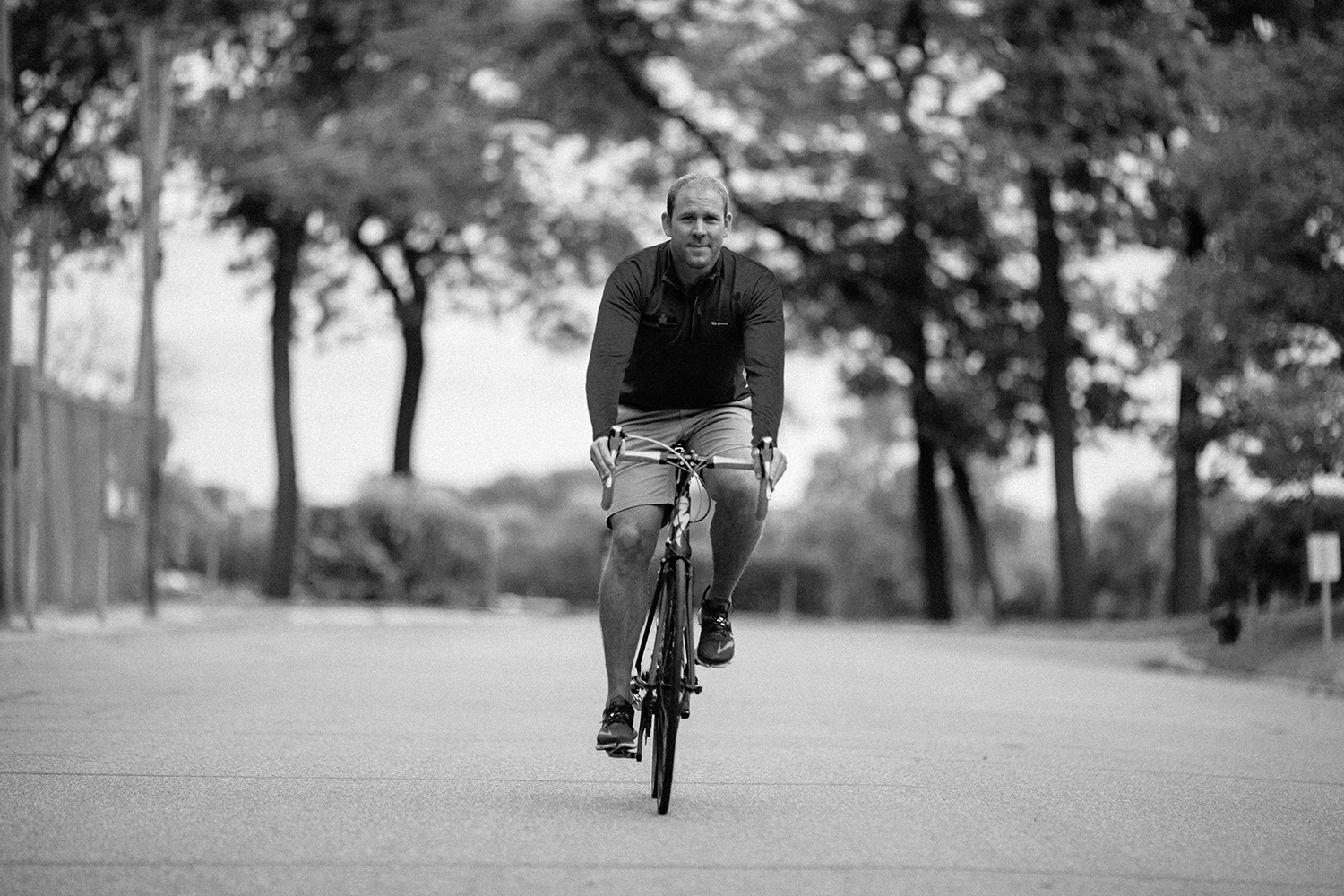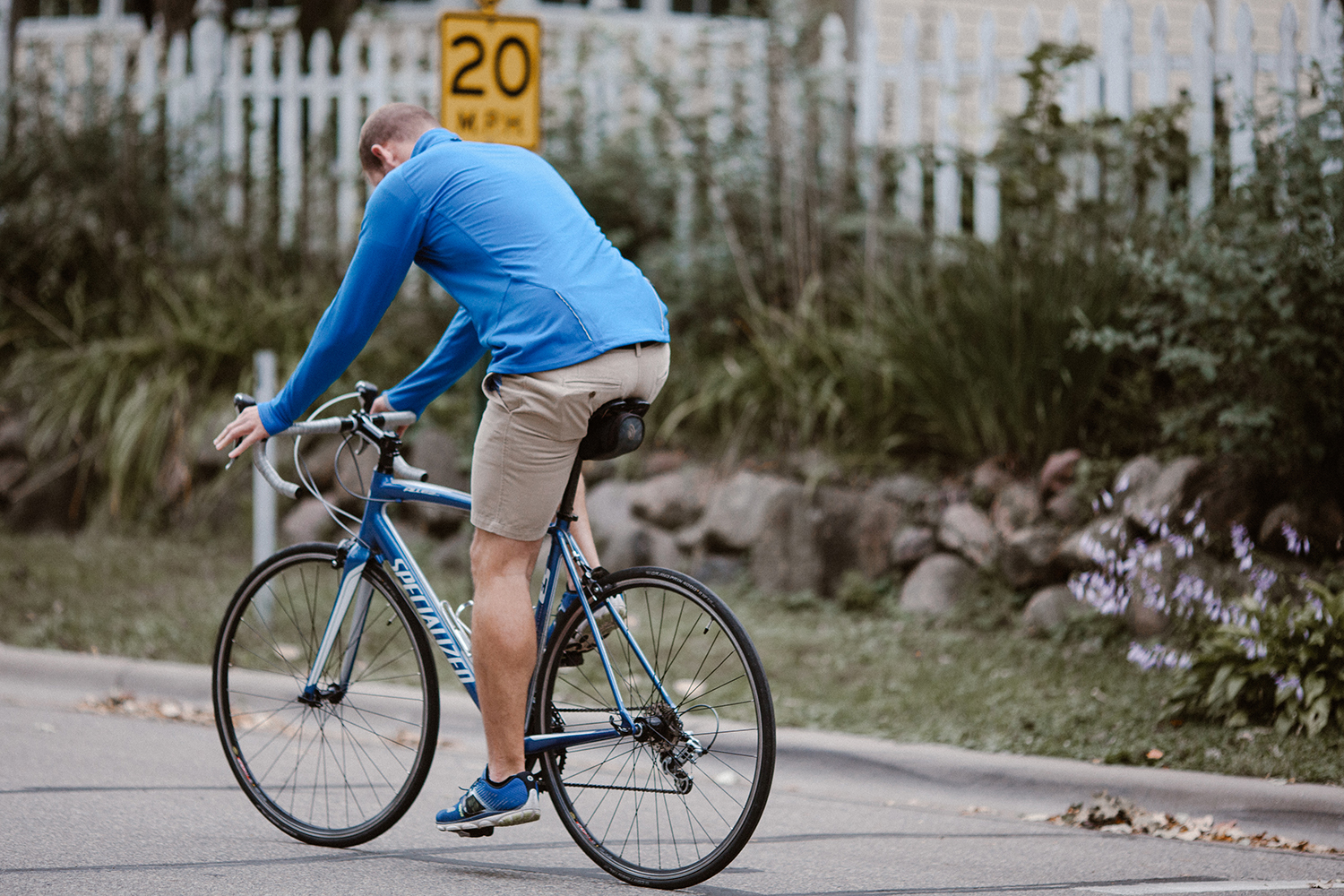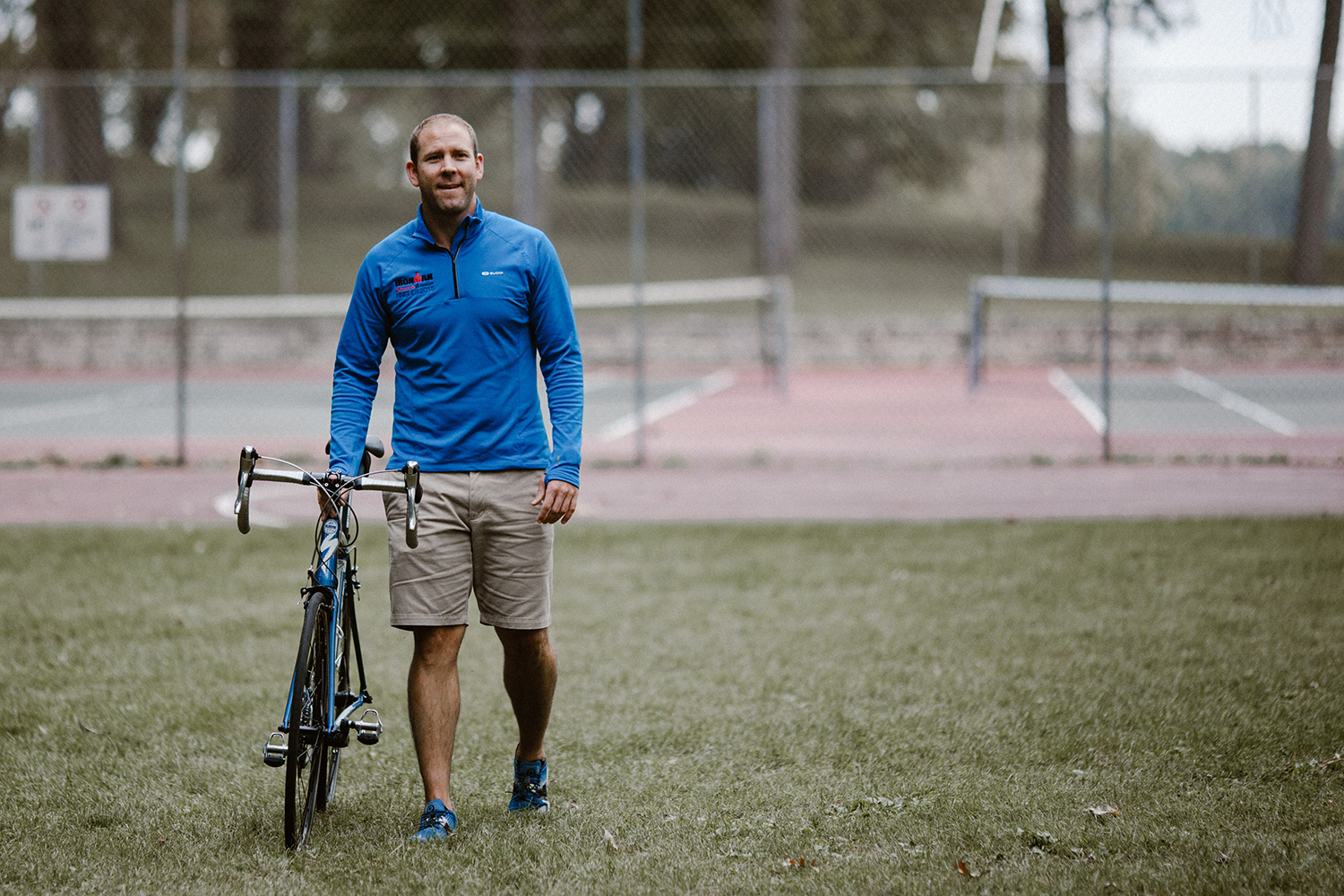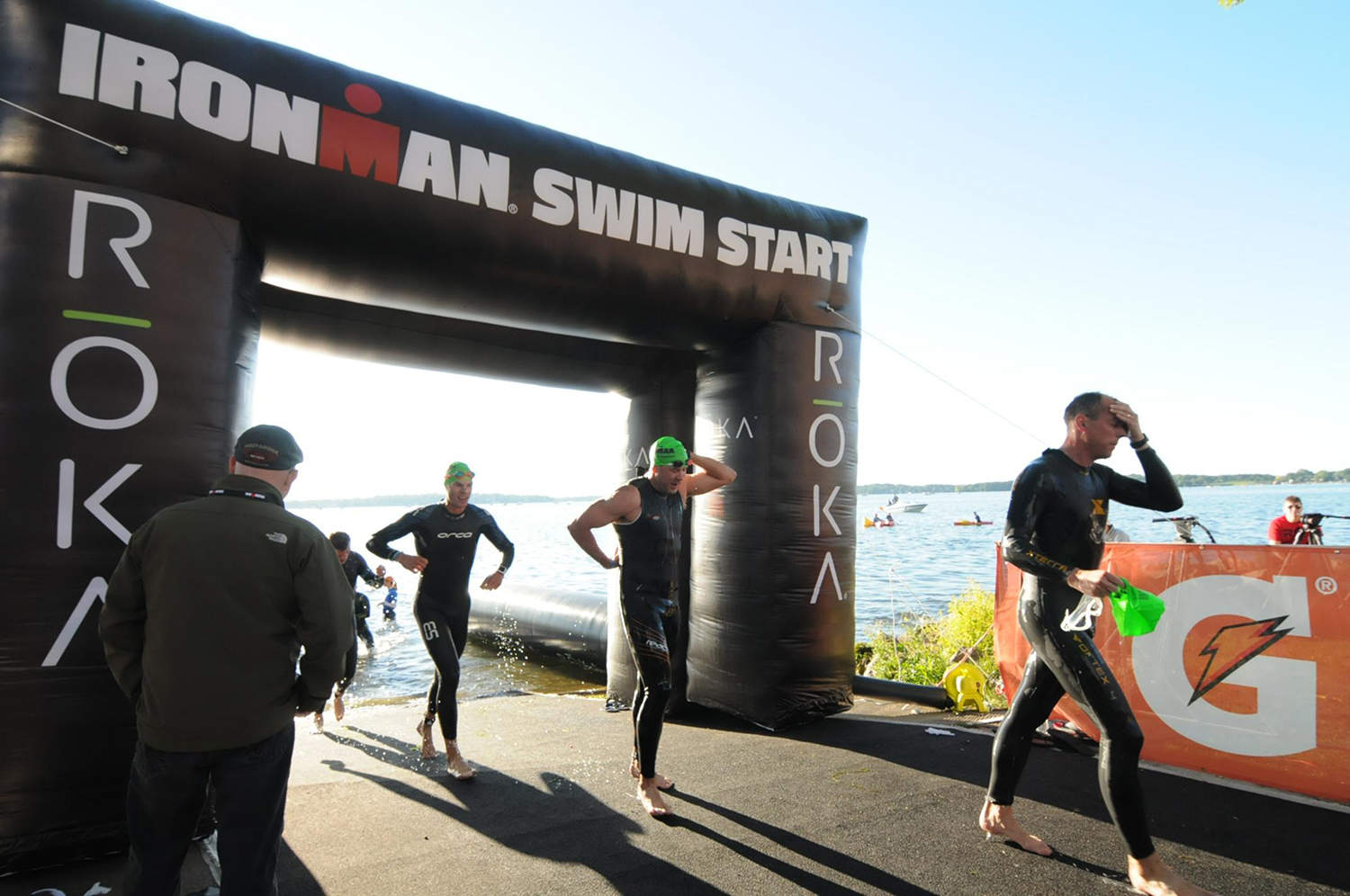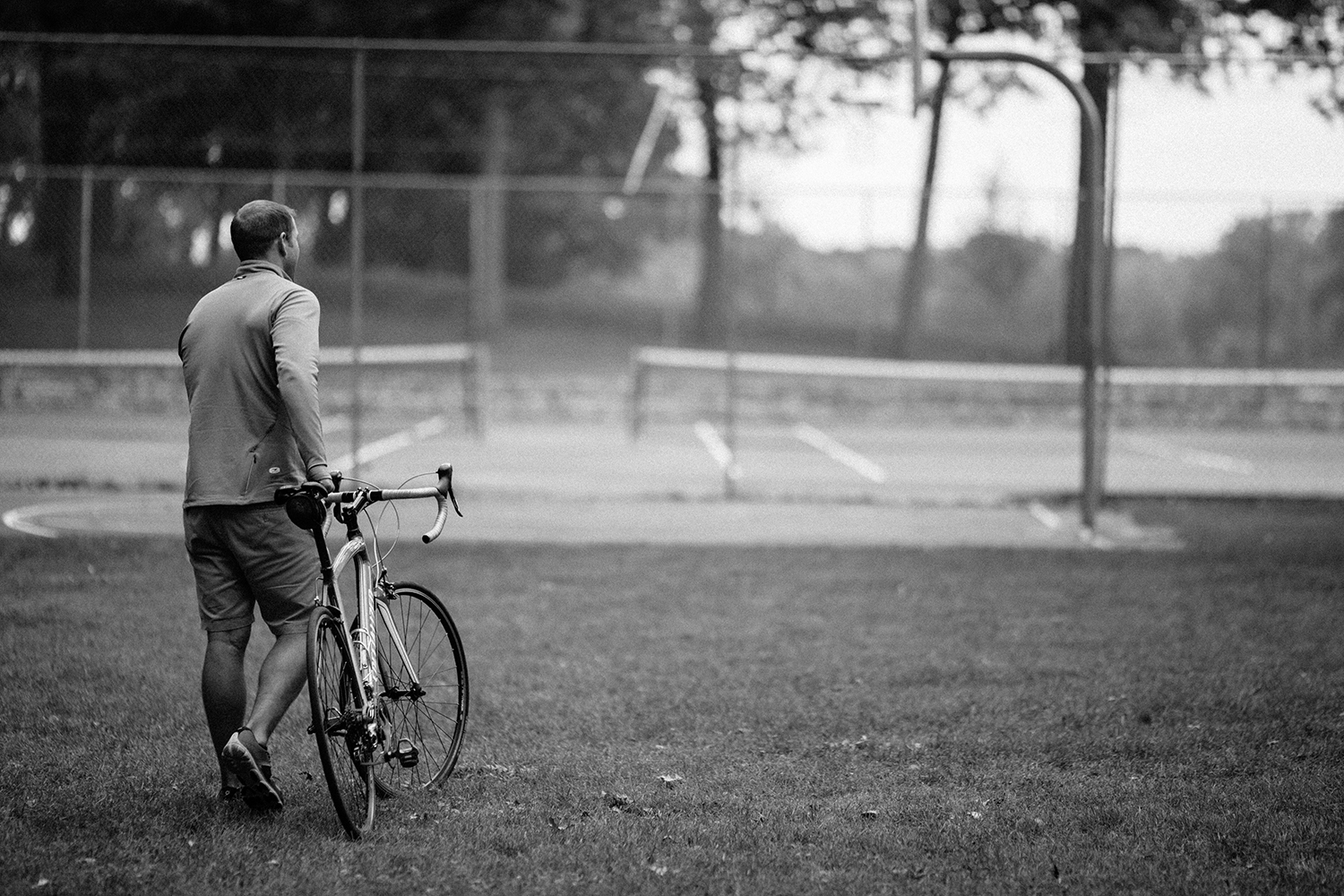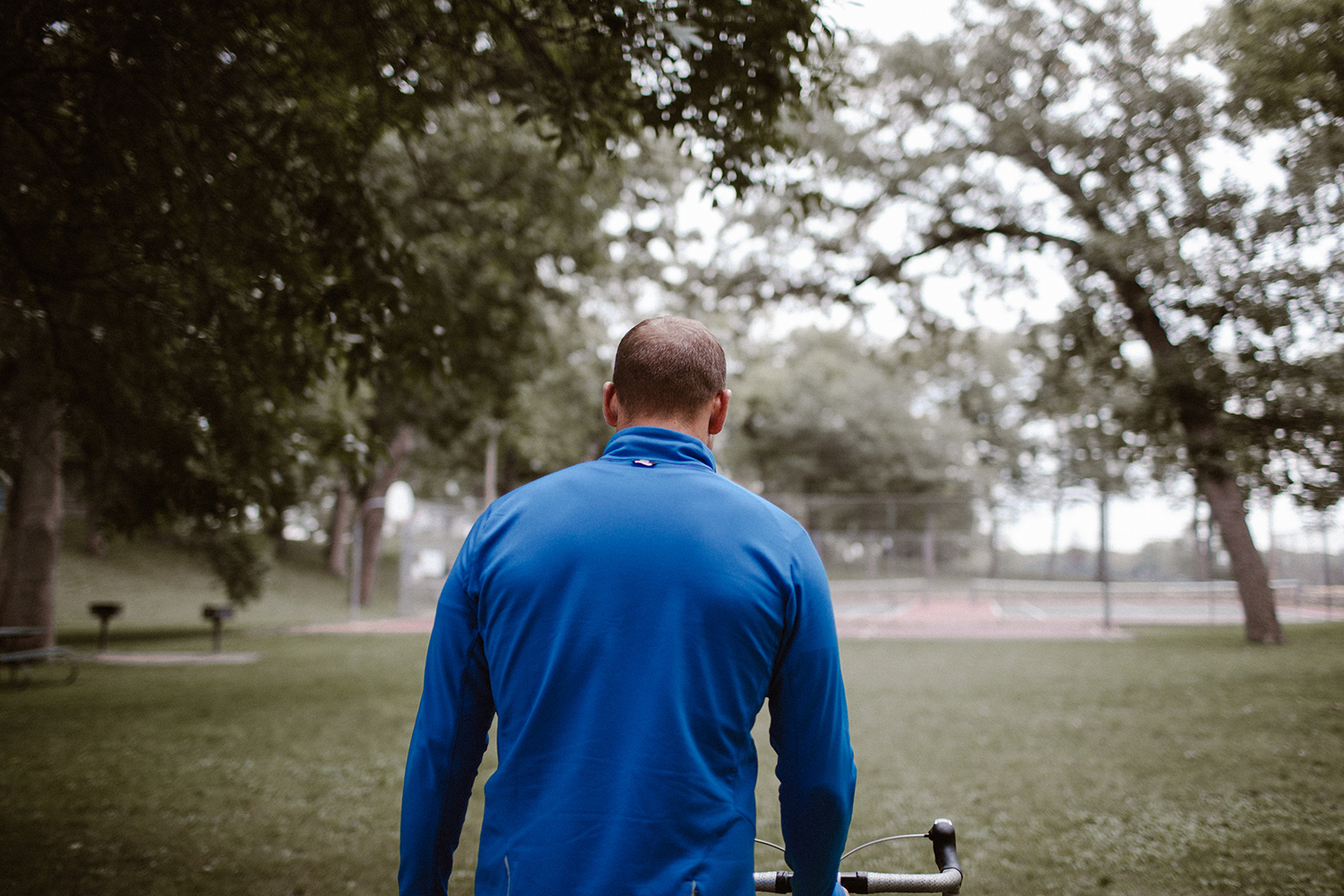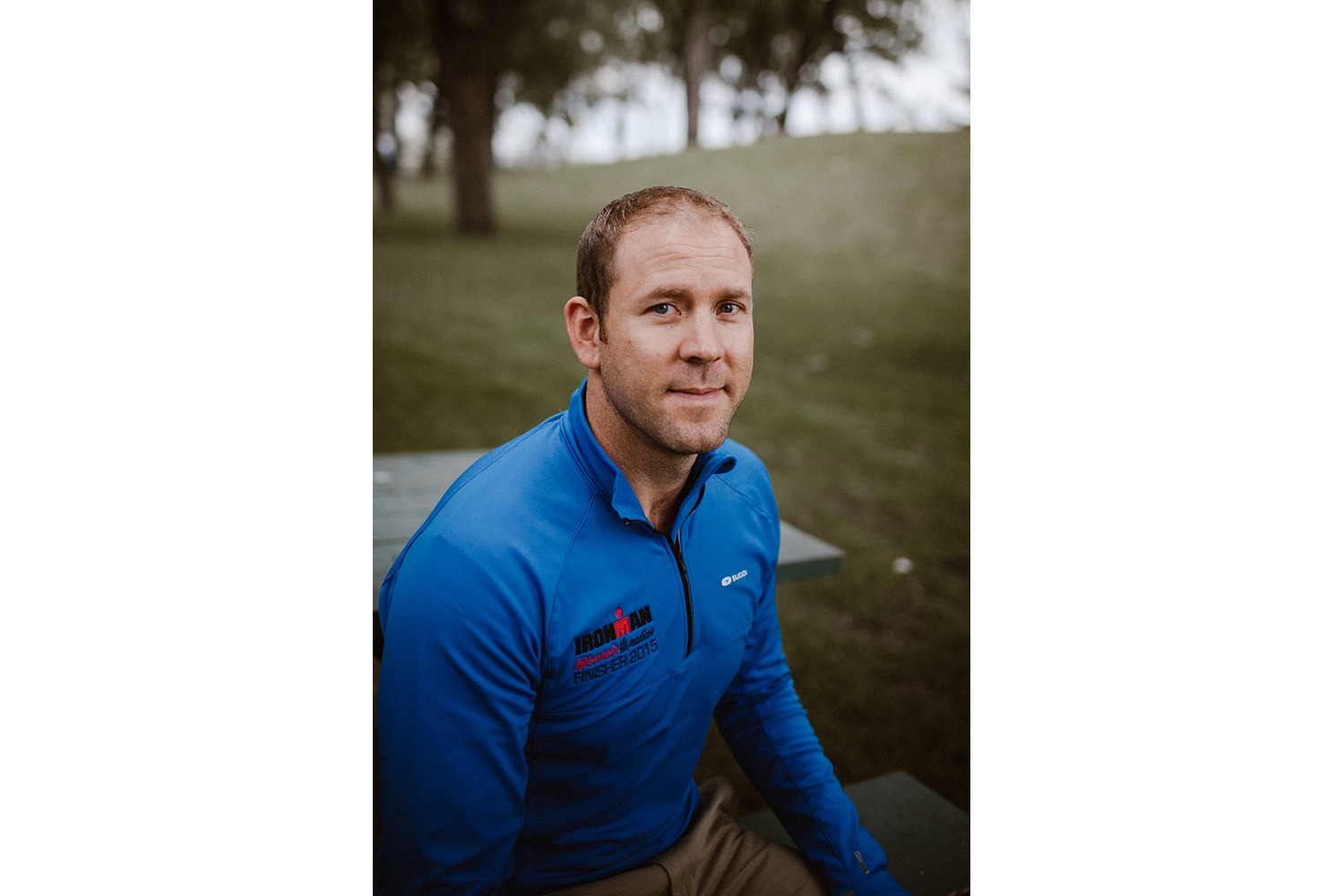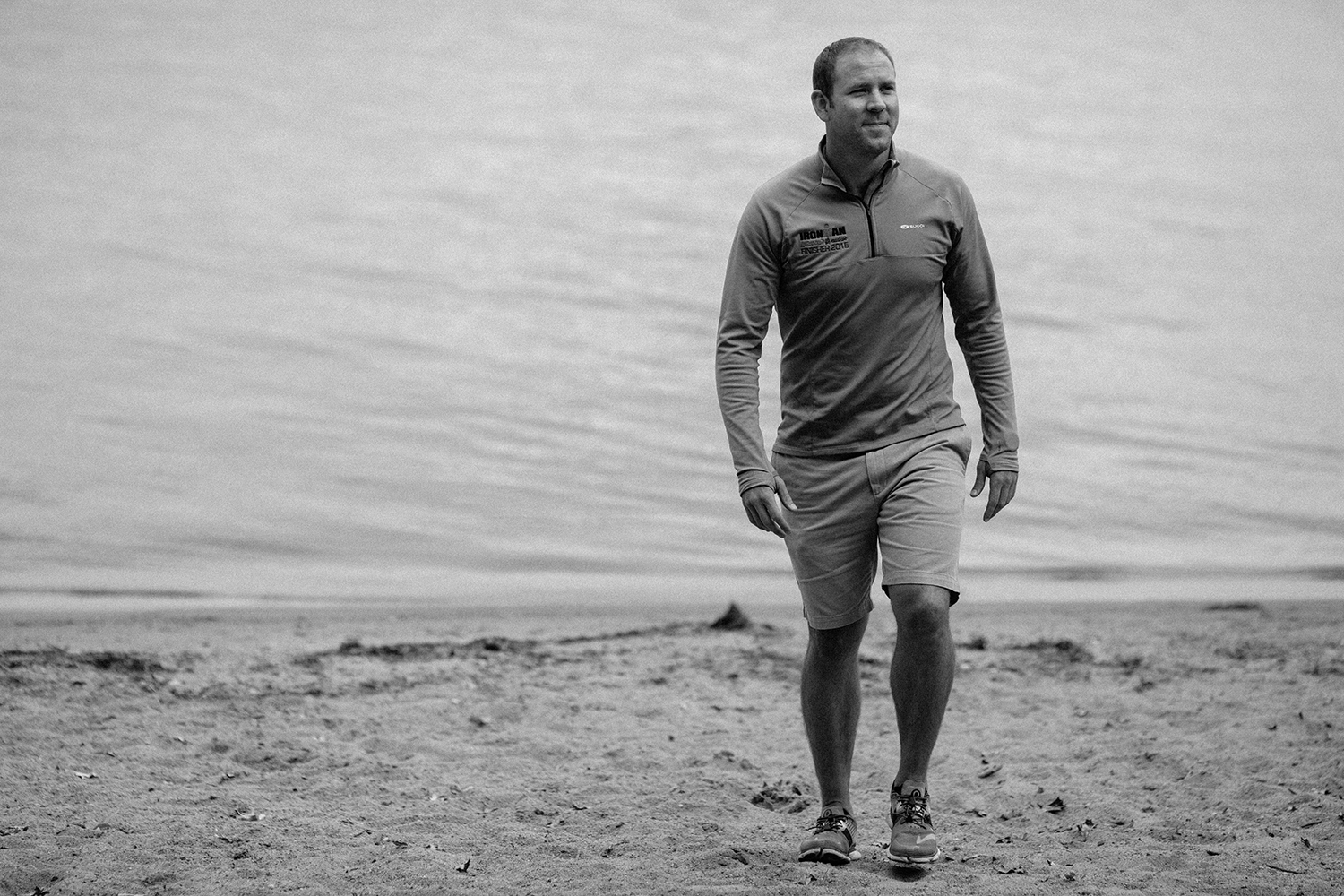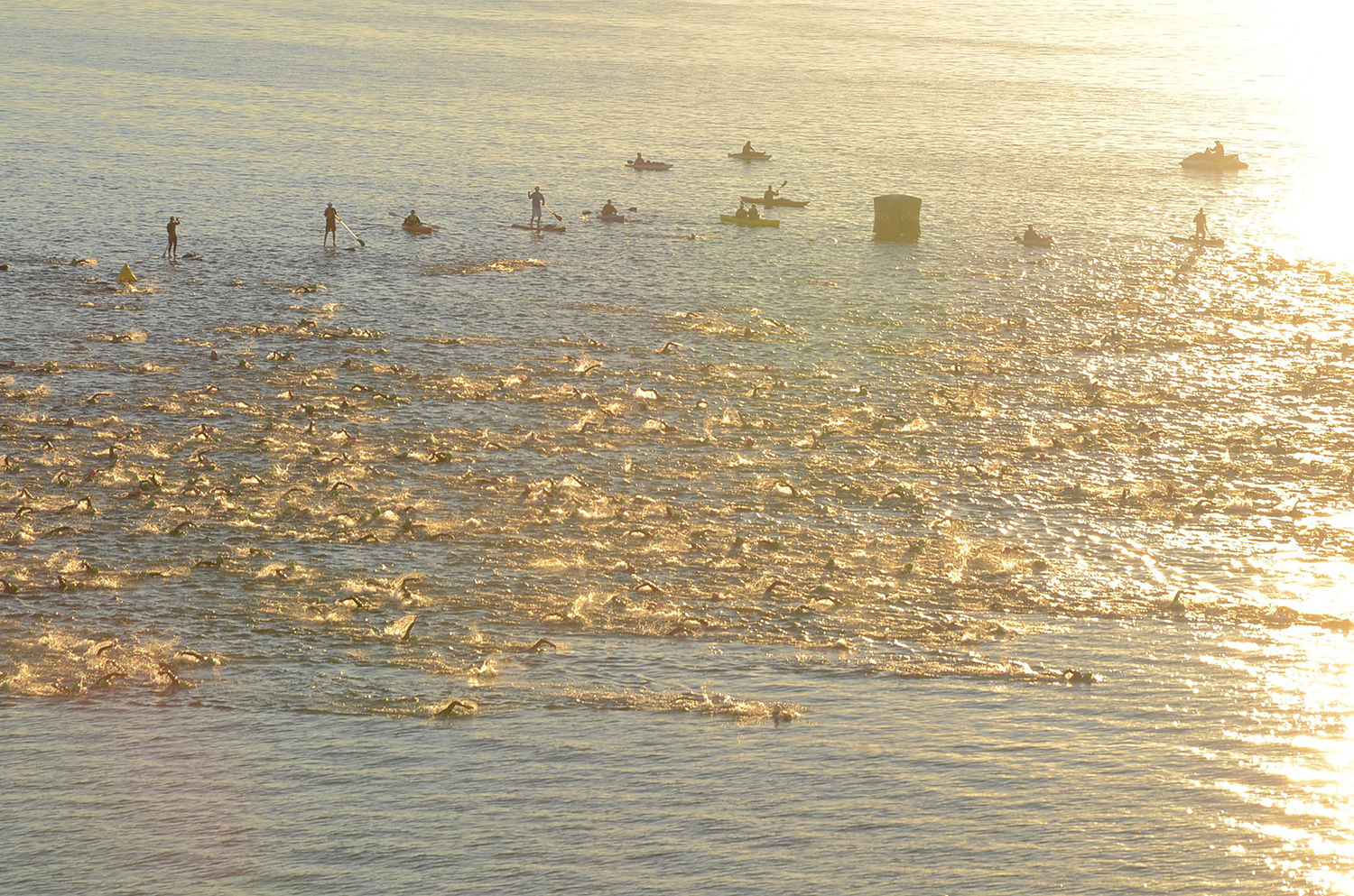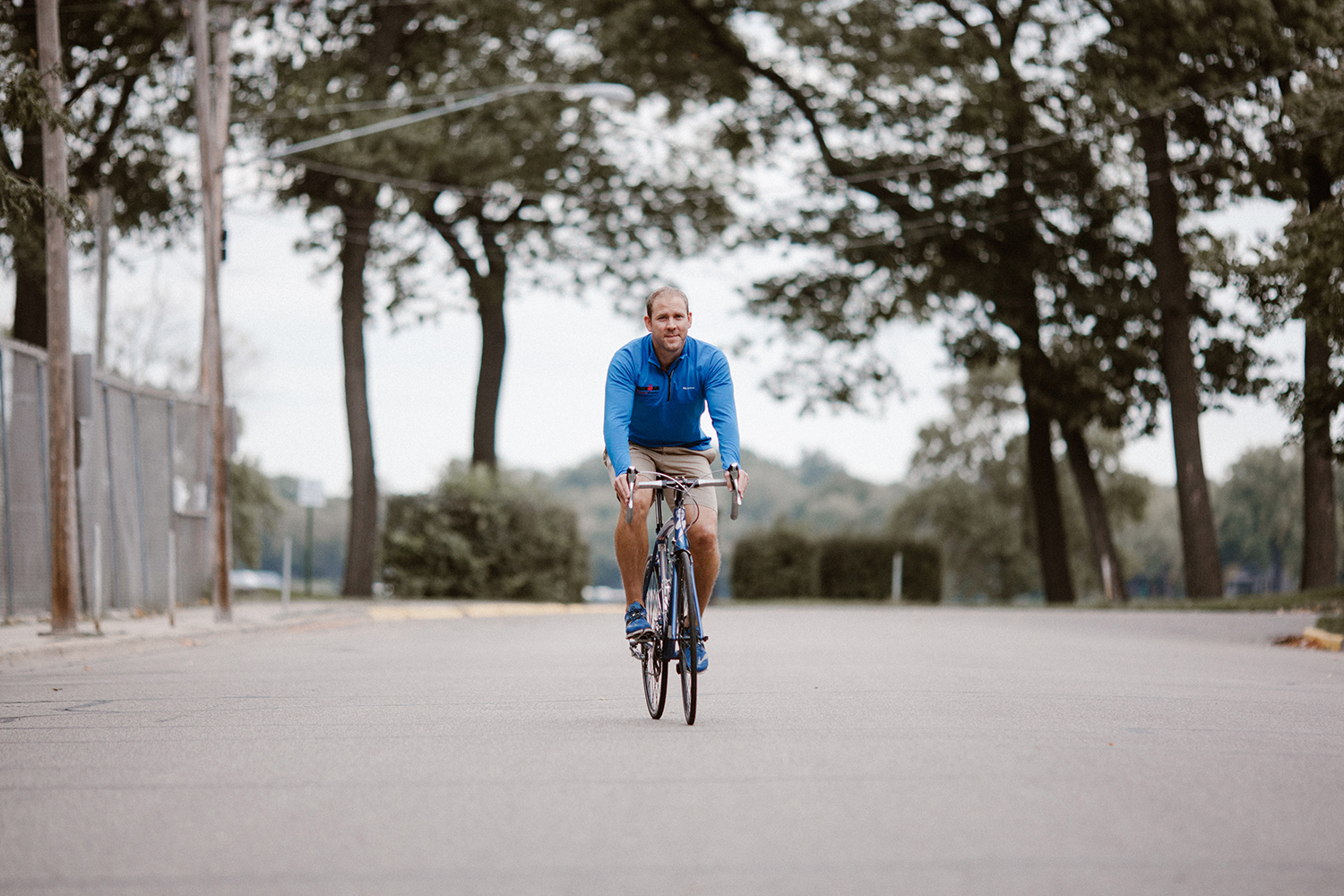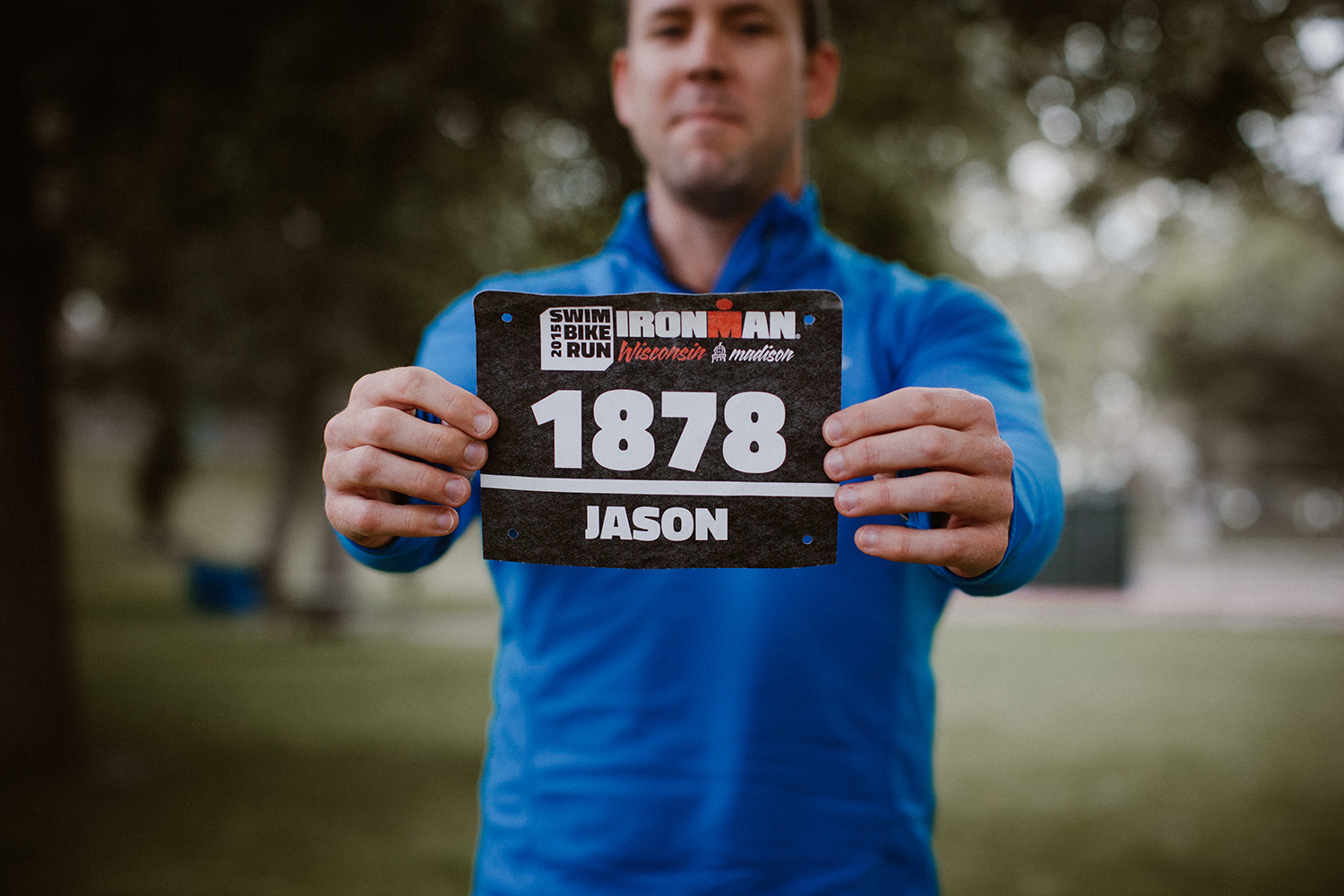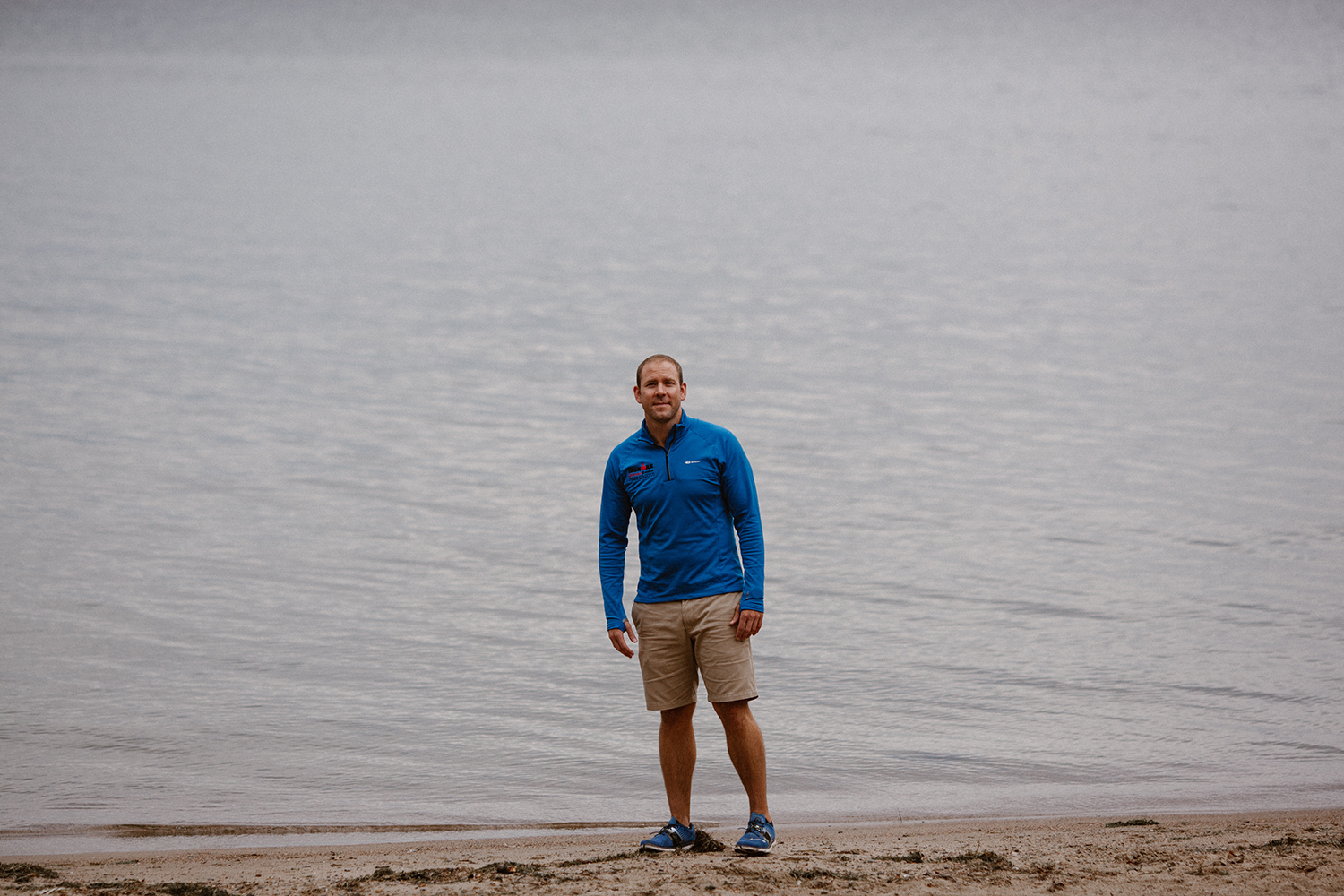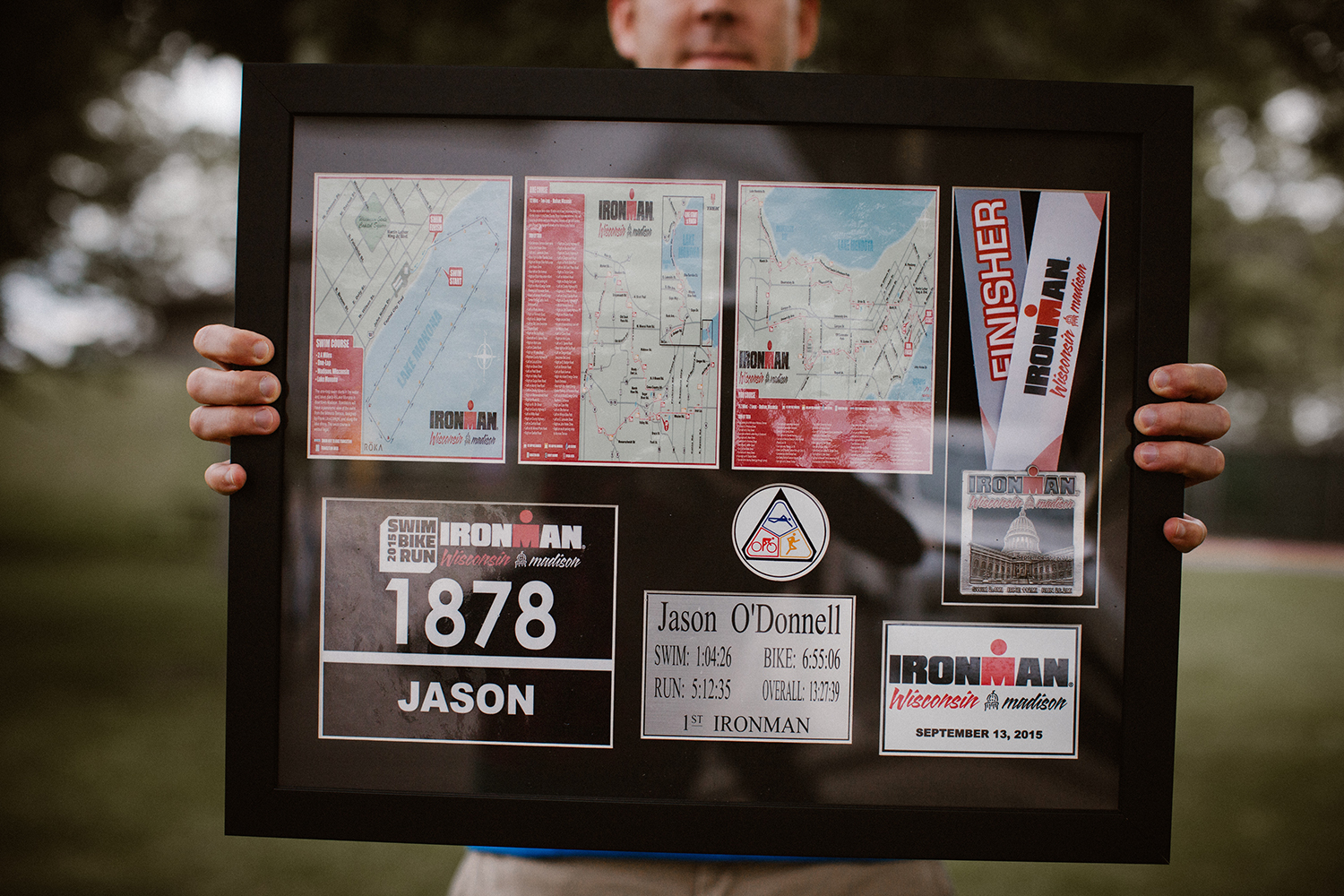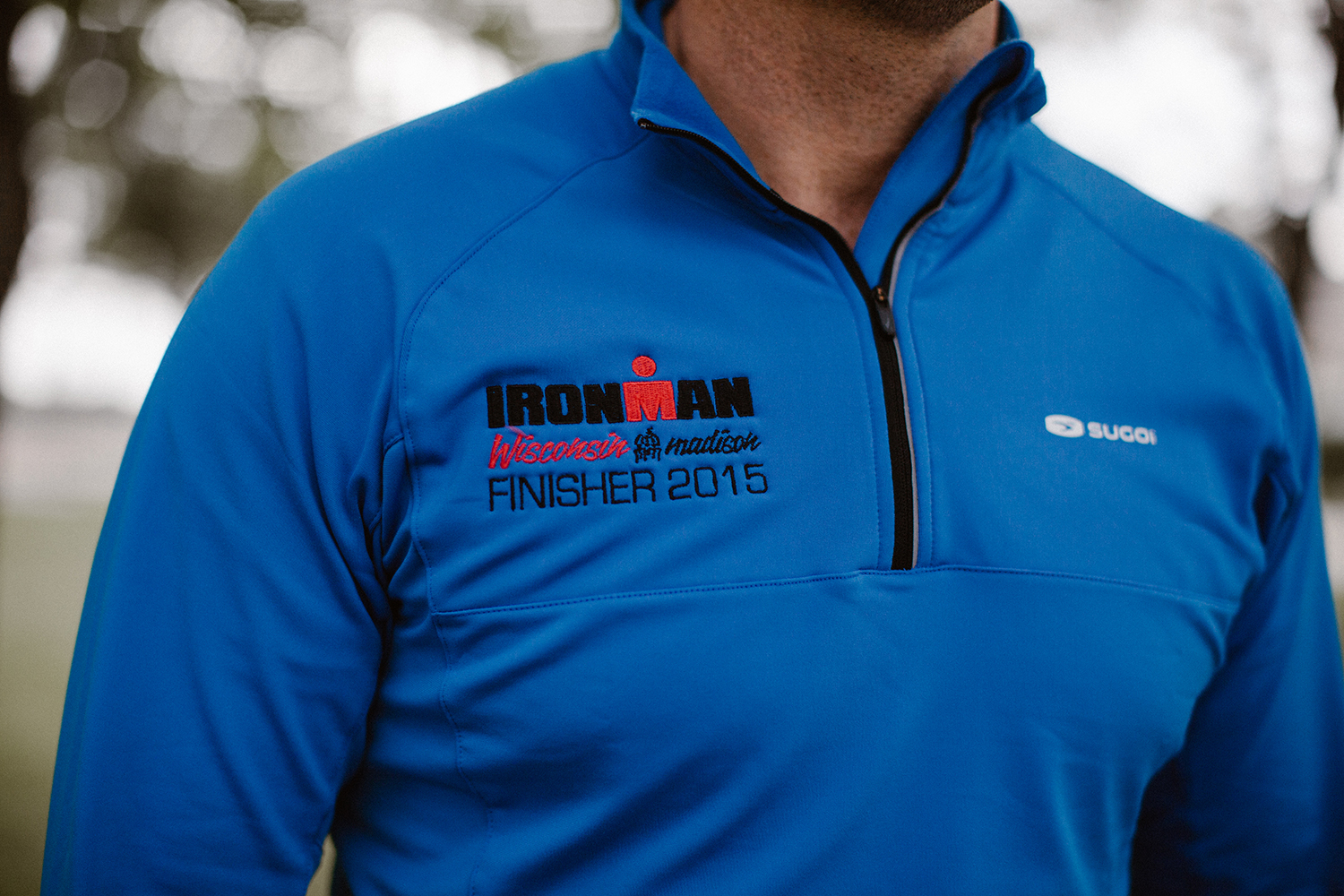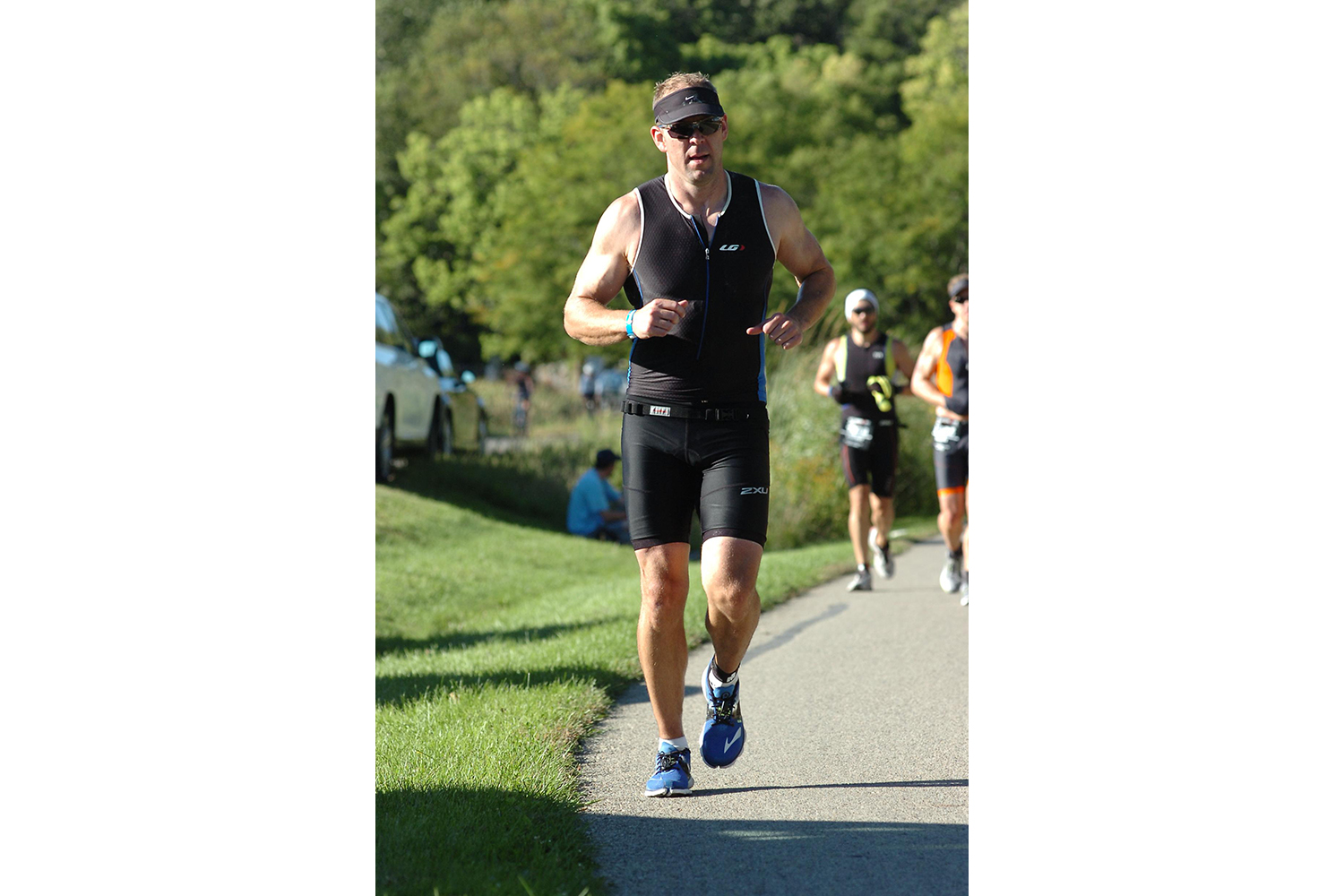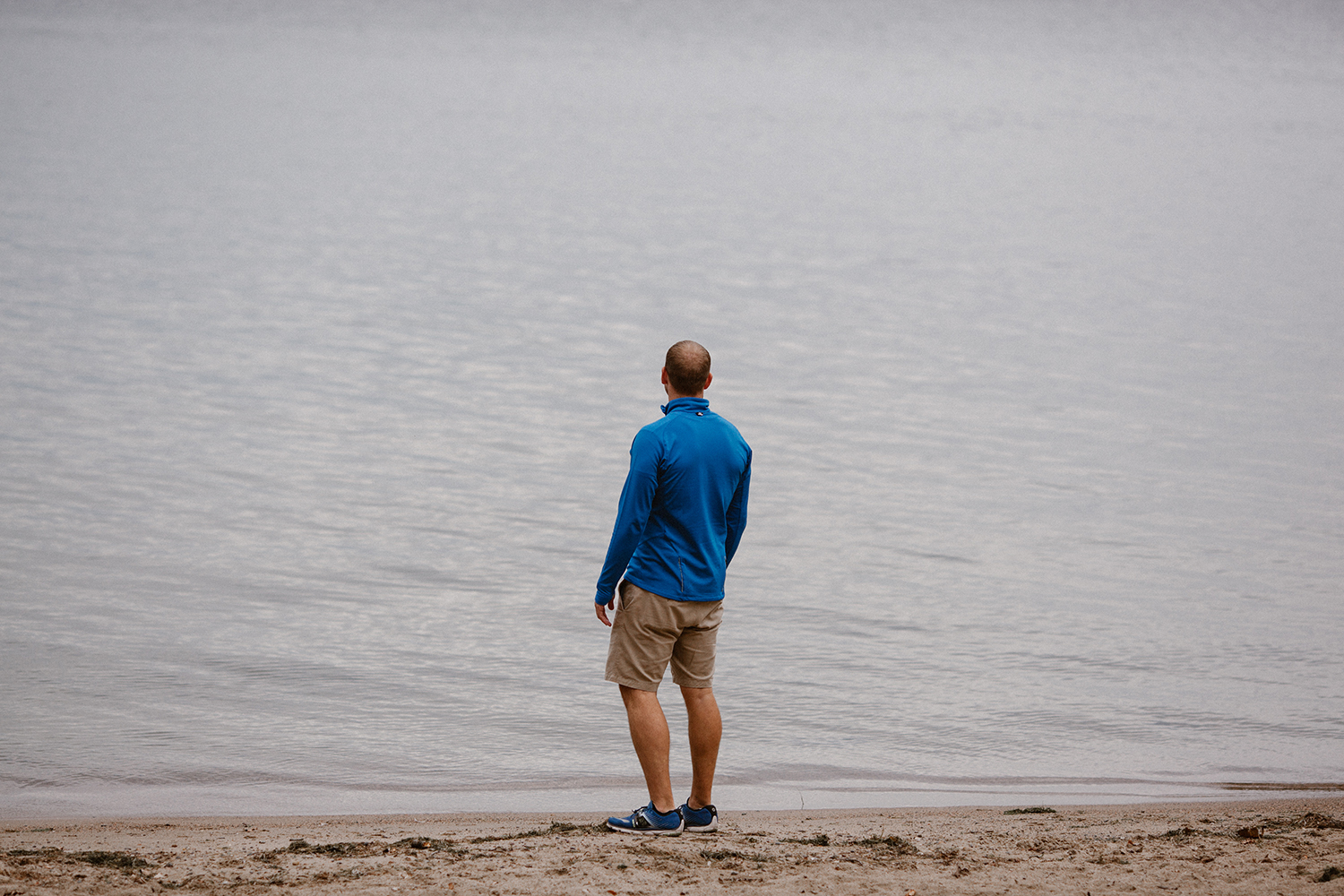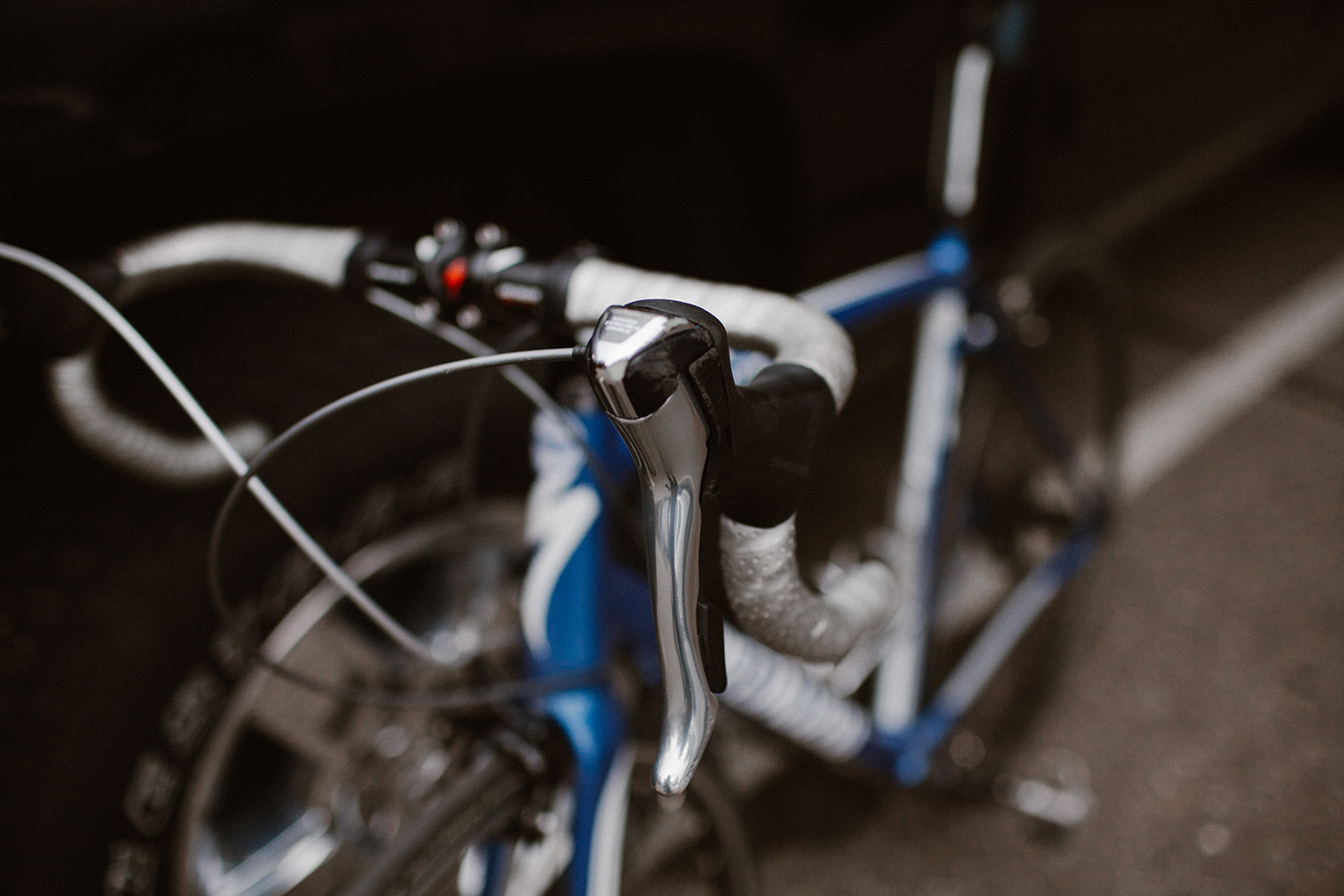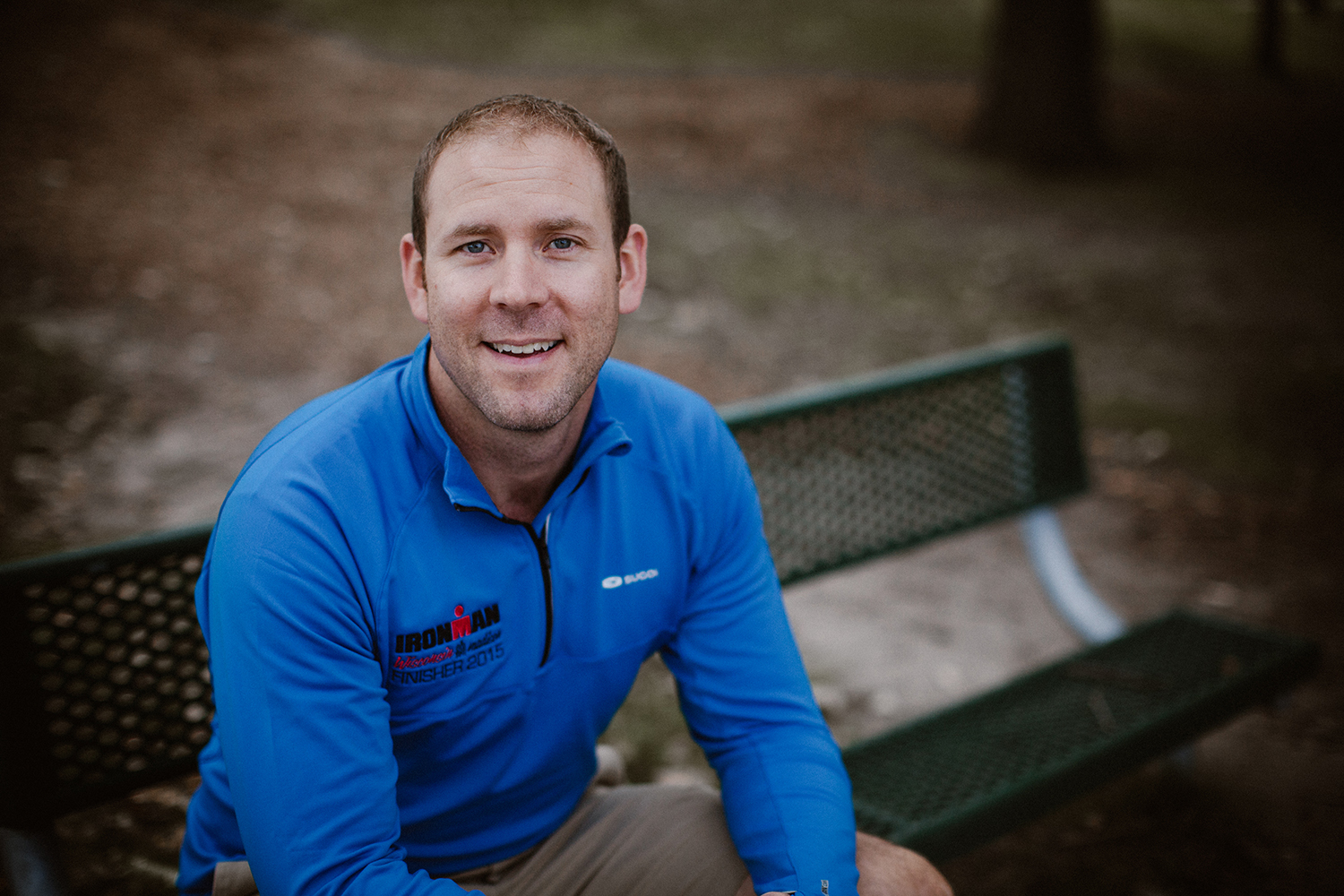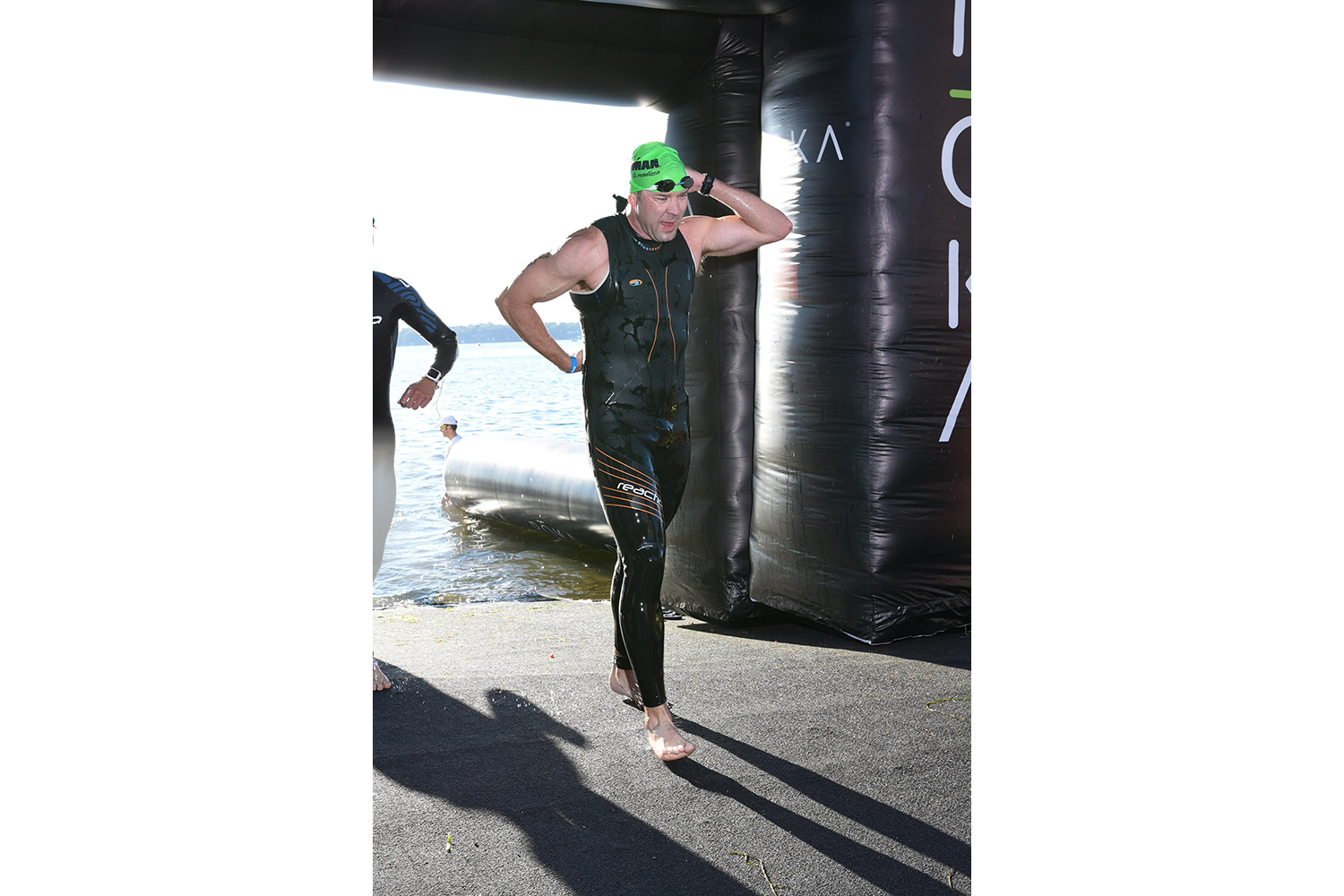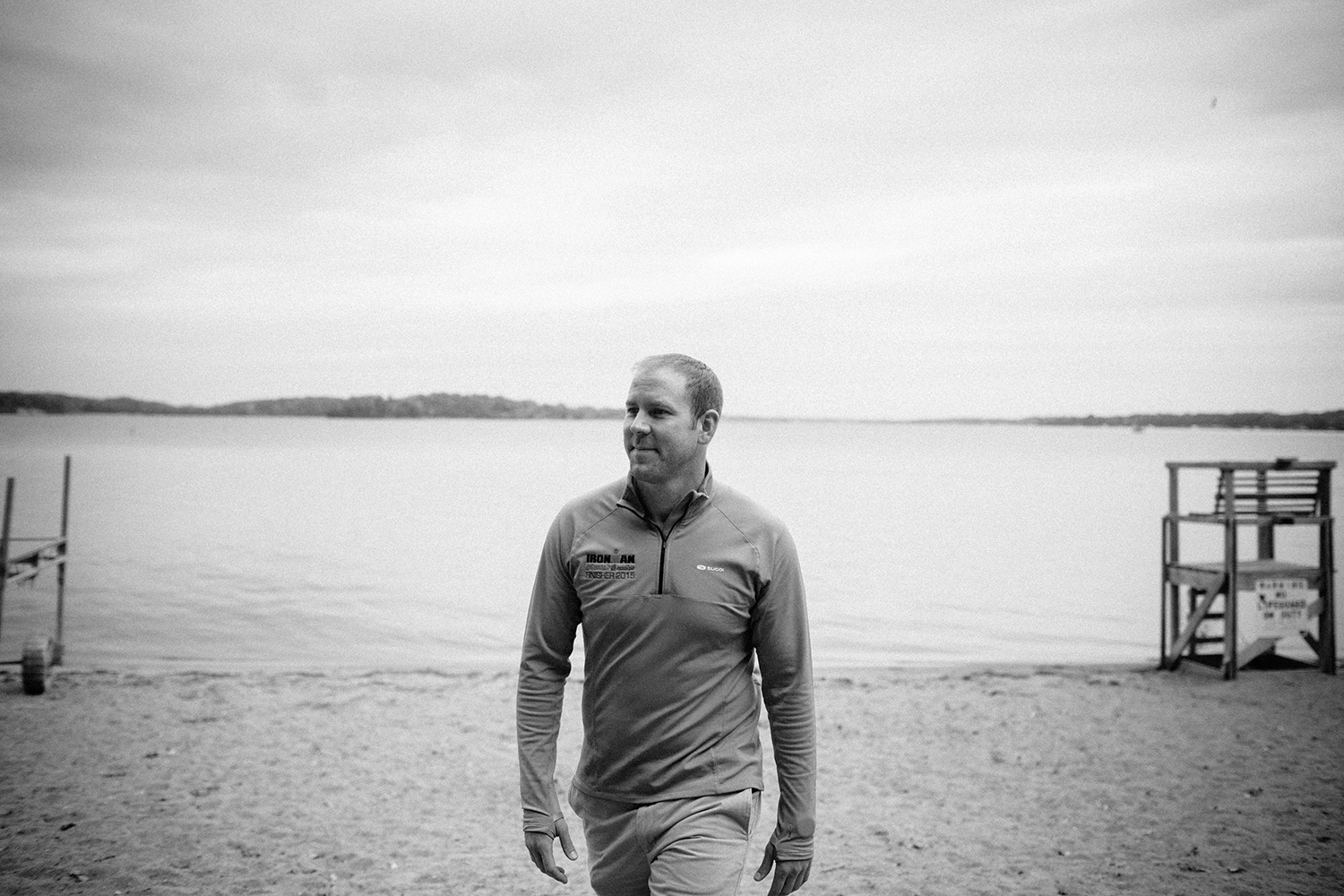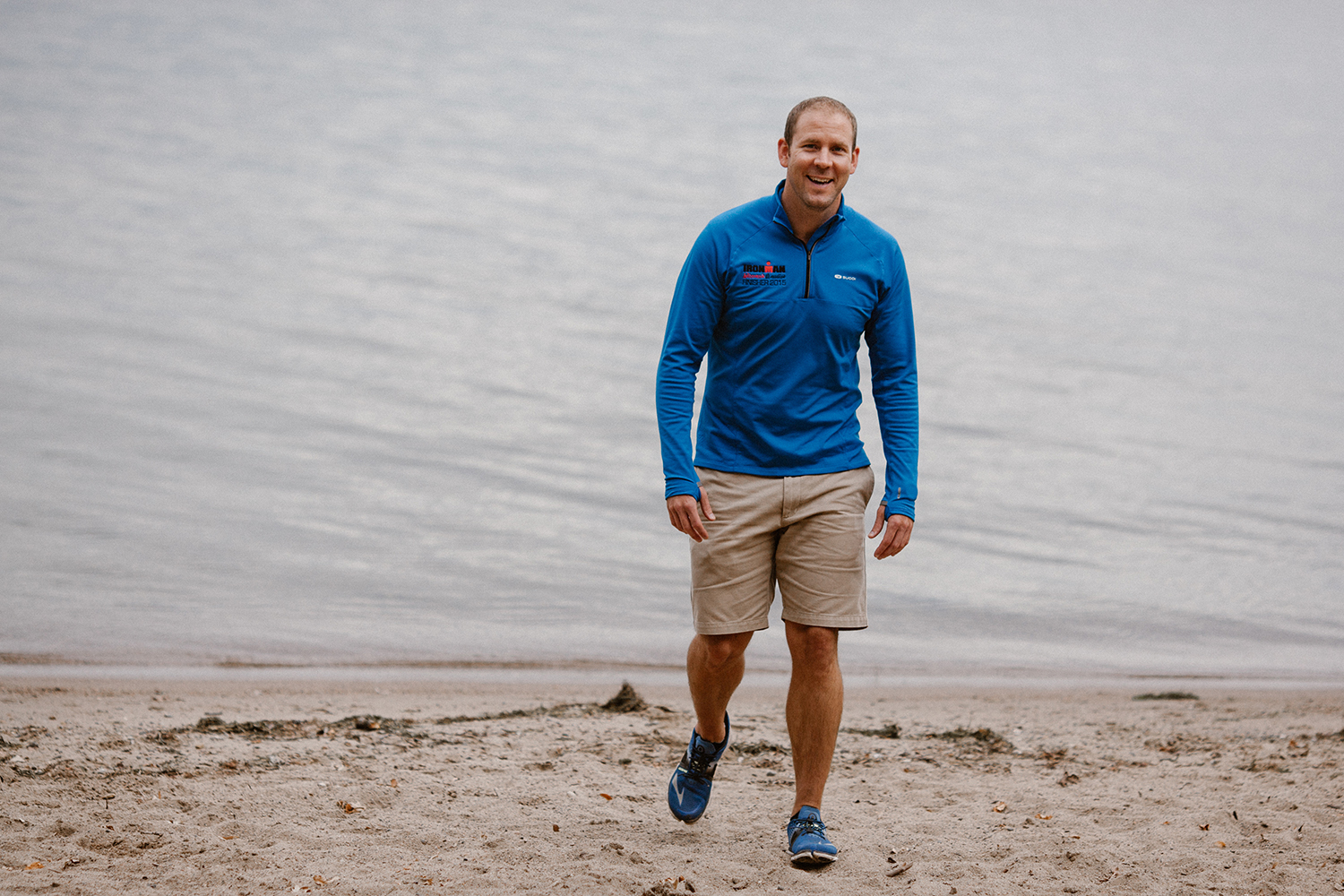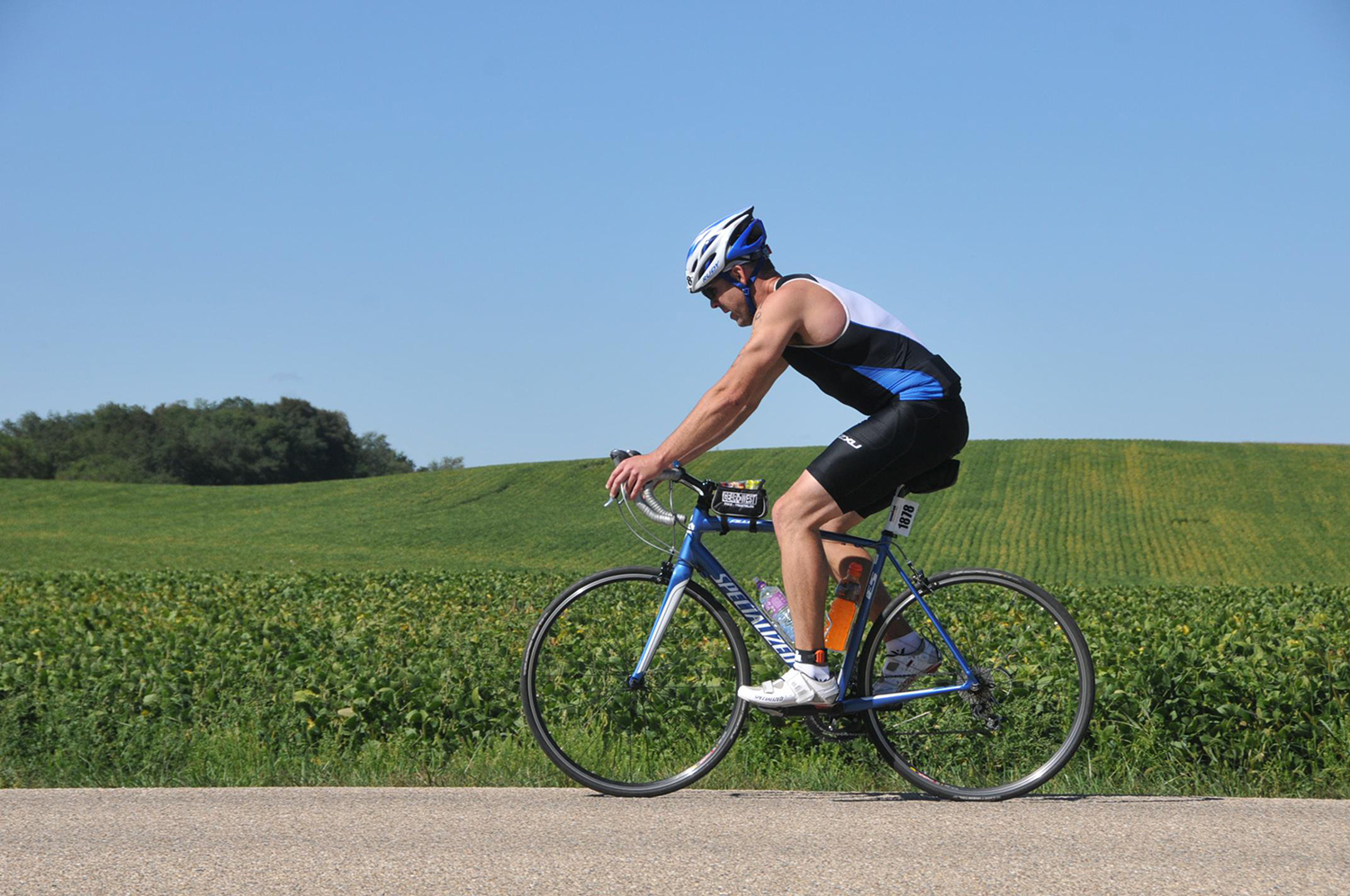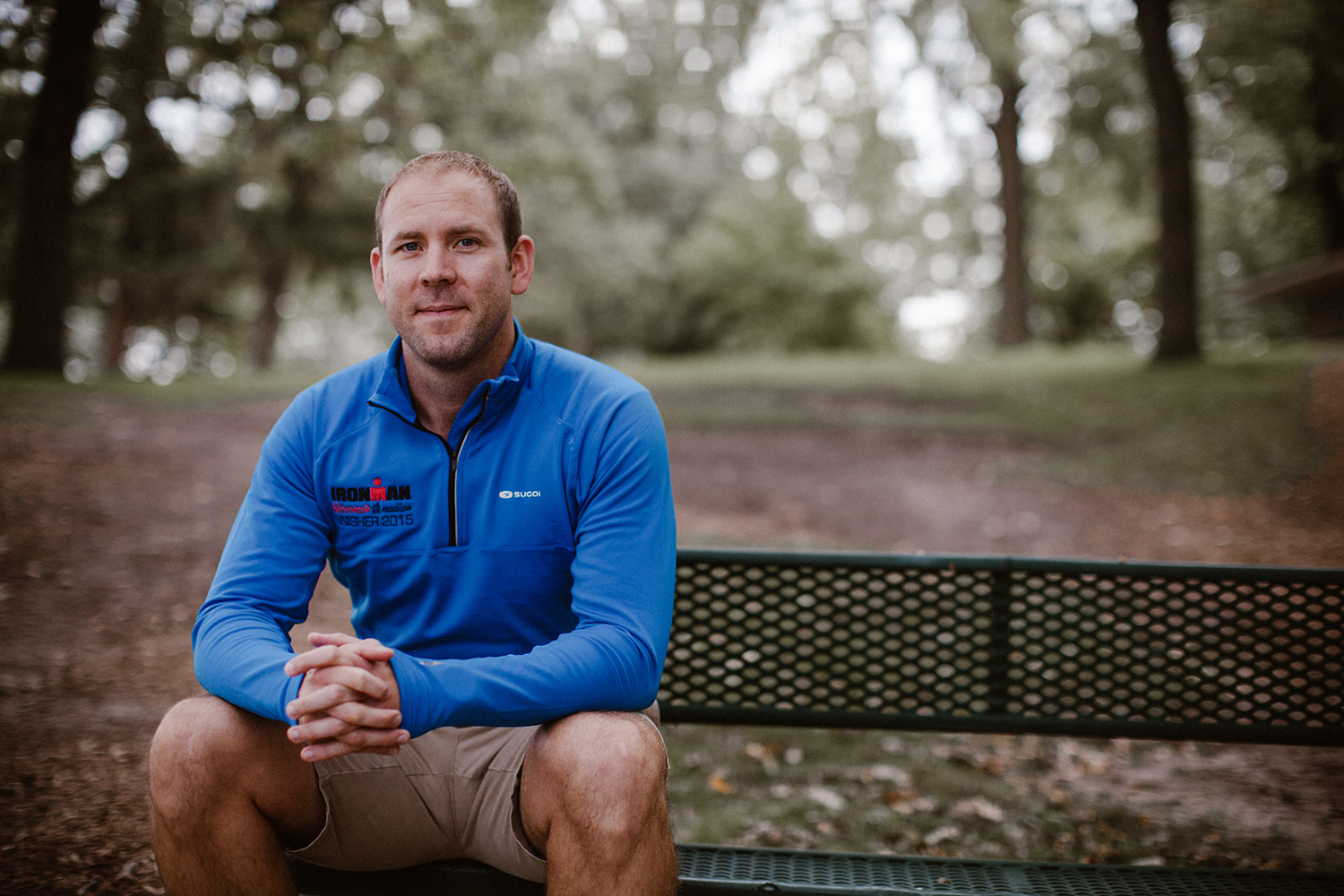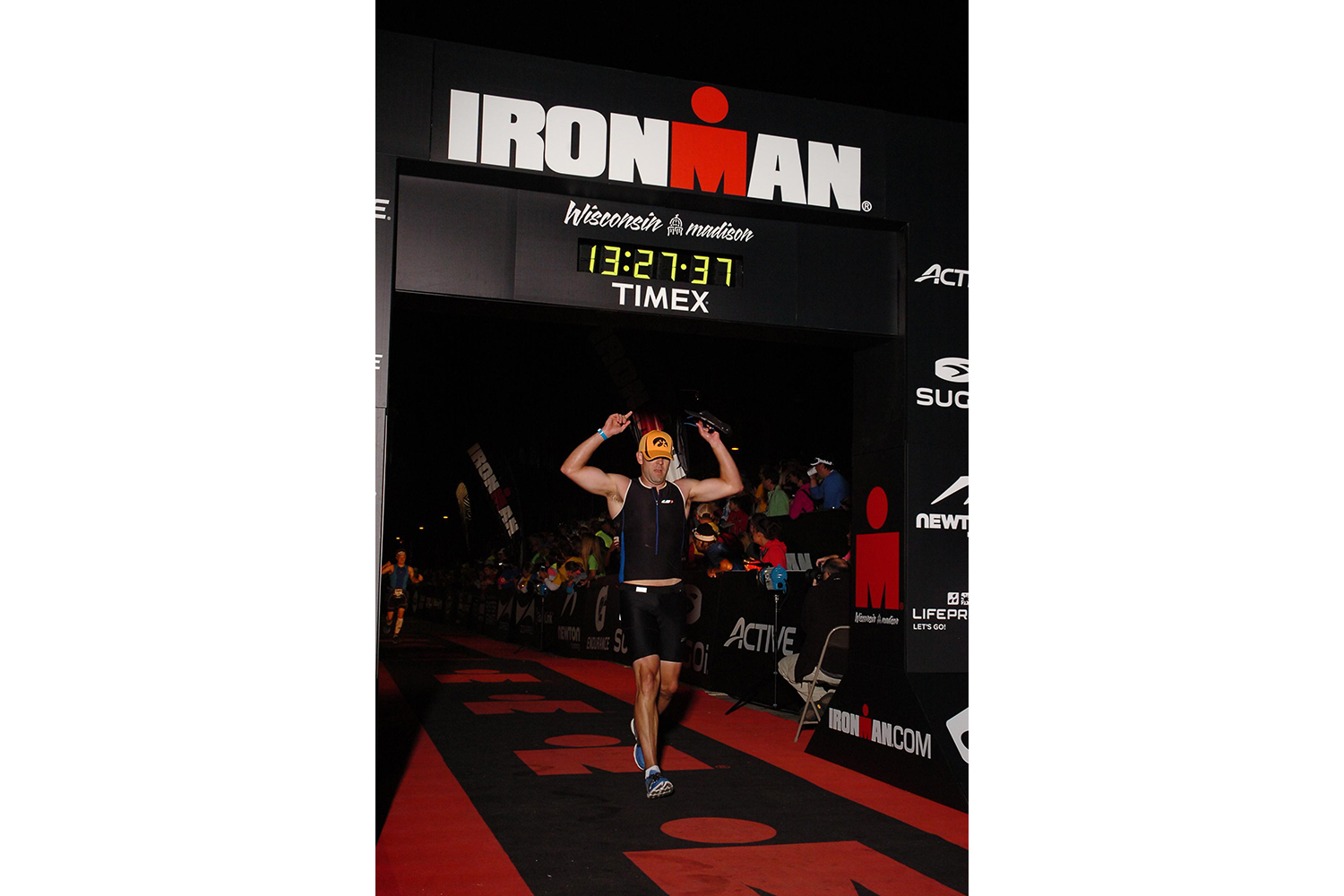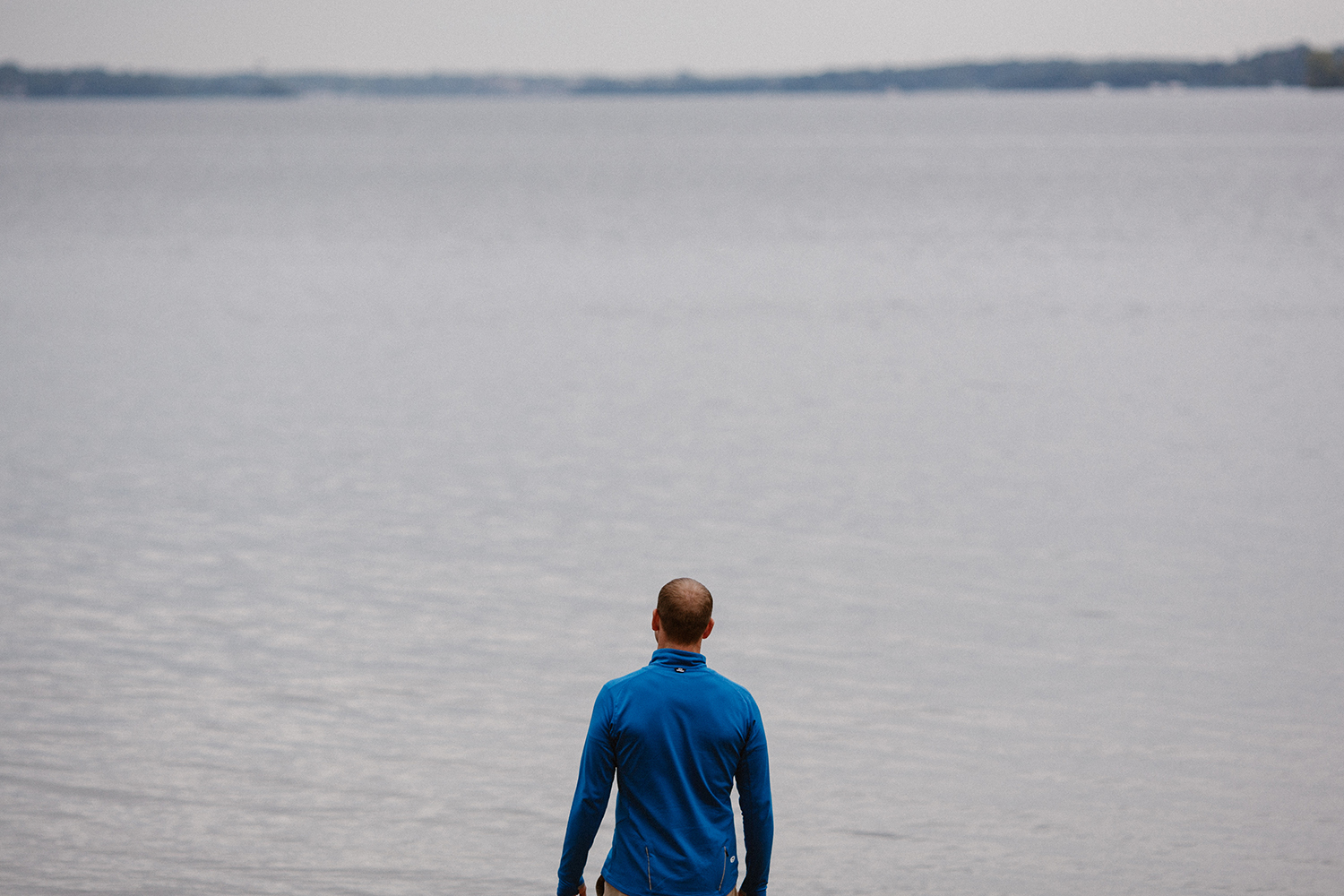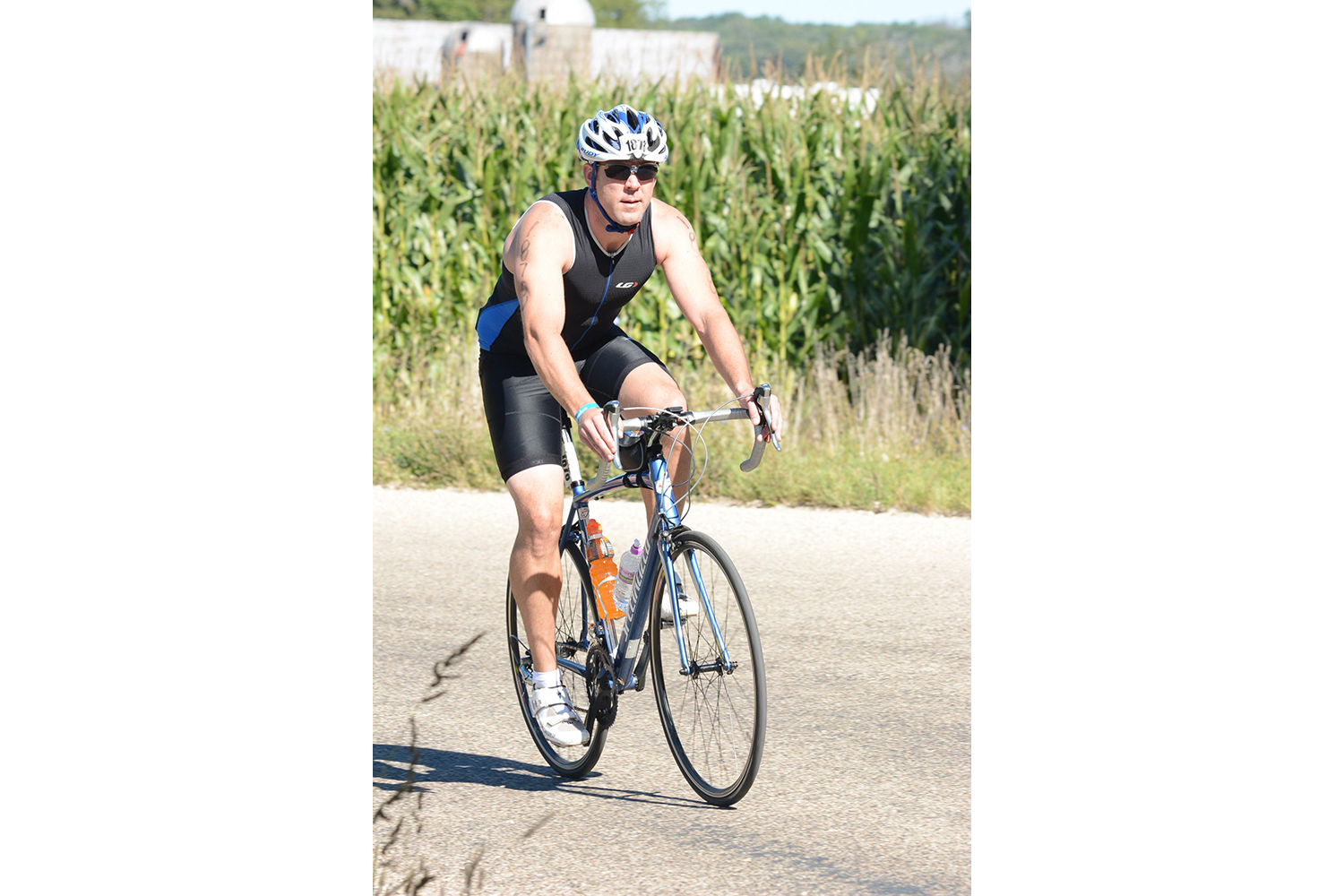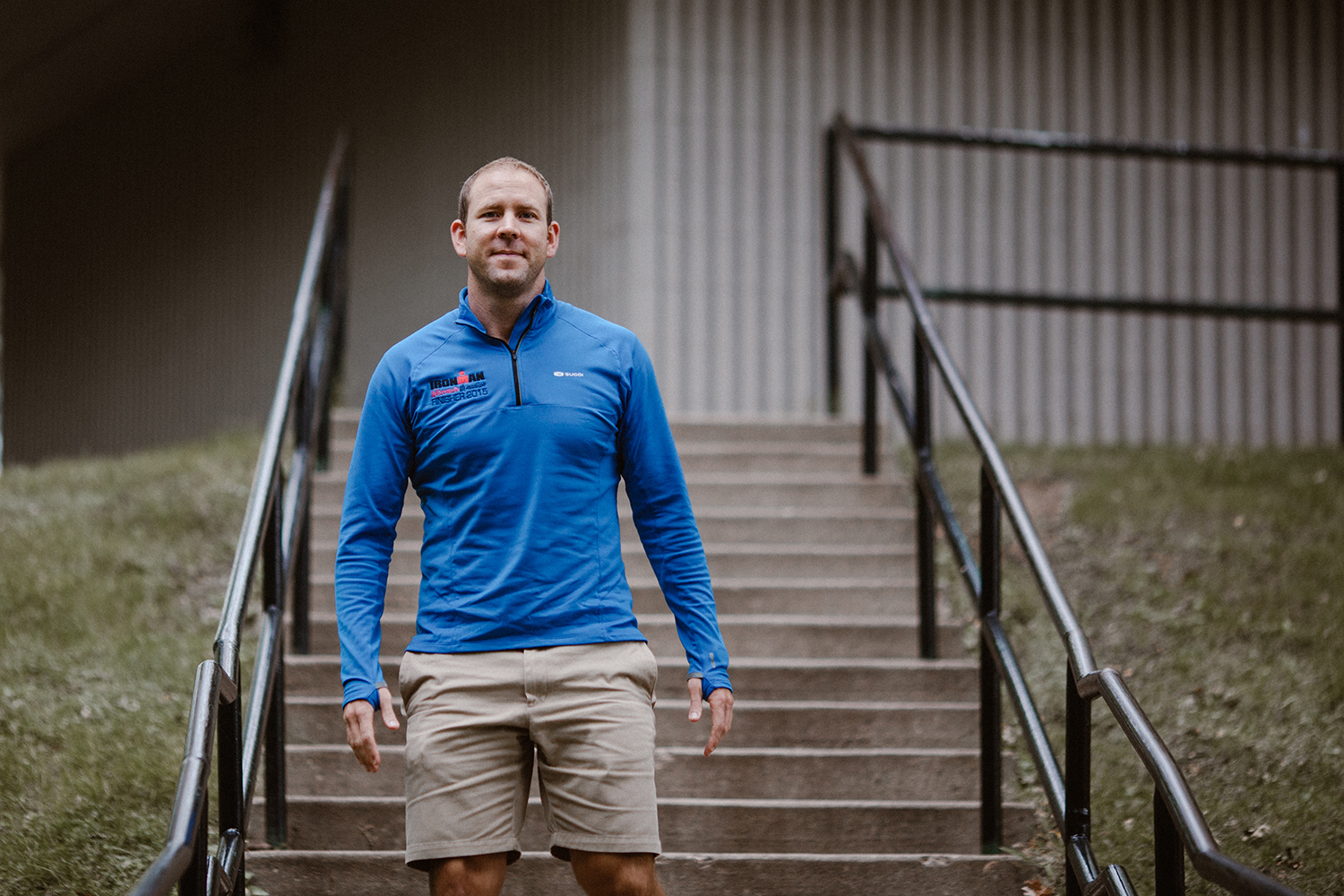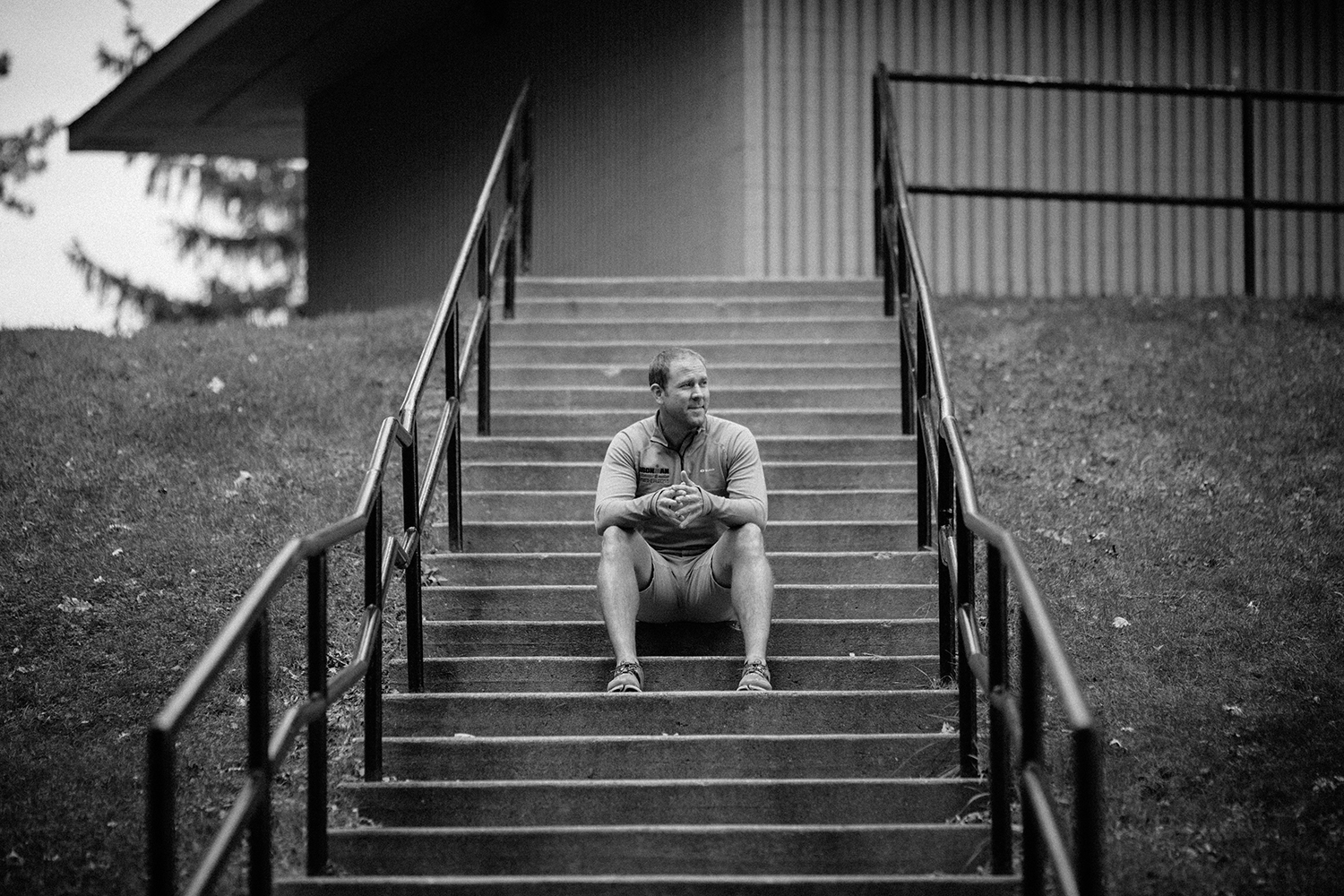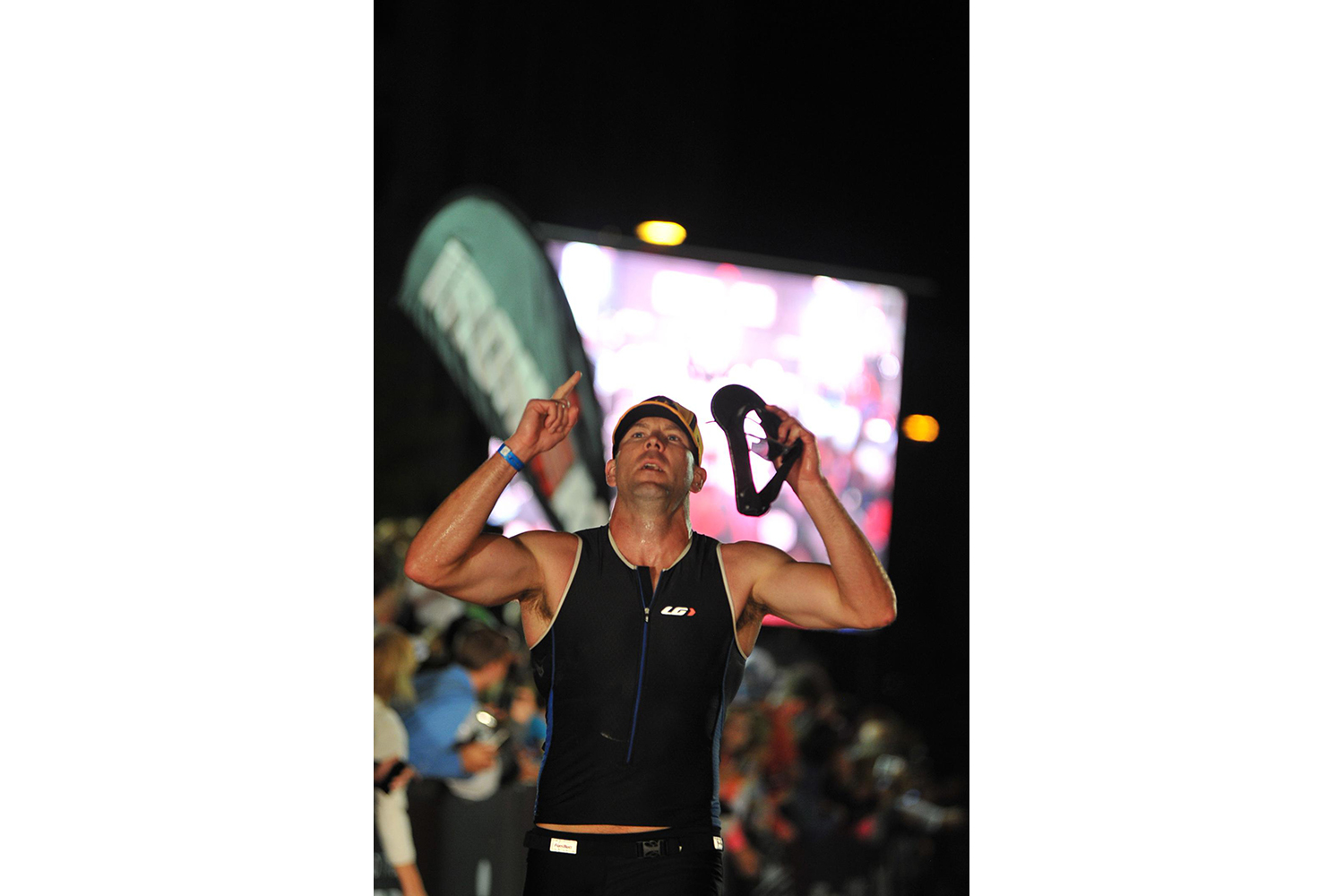LISTEN NOW:
SUMMARY:
Have you ever pushed yourself mentally and physically? Do you have a desire to compete–or have you competed–in a triathalon, marathon, or Ironman? Are you interested human anatomy and discovering the limits of the human body?
You are Jason.
Mentioned in this episode:
Ironman official site
YouTube crowd clip:
https://youtu.be/OK2qVoLDCbw
NOTES:
[0:00] No pain
[2:05] Today’s episode explores how far you can push your body mentally, physically, & emotionally
[3:30] Join us on Facebook and check out Ask the Storyteller!
[4:25] We have a magazine to go with this podcast! www.afaceproject.com
[6:05] Jason’s story
[6:25] The 3 legs of the journey and Jason’s times
[6:50] What made Jason want to do this race?
[8:50] What happens if you don’t finish in 17 hours?
[11:00] About training
[11:55] Jason’s background including his PhD
[12:45] Jason’s body type was not an endurance type when he started
[13:35] How the day starts on race day
[16:00] The wetsuit strippers
[17:45] The transition from swim to bike
[18:40] Mile 35 on the bike
[19:30] Age on your calf
[21:25] Getting off the bike after nearly 7 hours
[23:20] Eating while racing
[24:50] Going to the bathroom on the bike
[25:35] The suntan lotion clowns
[27:20] You just start getting tired
[27:40] Racing the sun
[29:45] The final stretch
[31:20] After you finish
[32:40] Why?
[34:30] How the race has changed Jason’s approach to treating patients
[36:00] Anybody
READ THE TRANSCRIPT:
There’s no pain. I mean, you come around the corner, you can see the Capitol off in the distance, and you know the Capitol is the finish line, and about two miles away you can see it, and so those last two miles you just start, like, adrenalin takes over. You just get flooded. It’s almost like you can feel the blood coursing through your veins, and nothing hurts anymore.
My name is Jason O’Donnell. I’m from Mason City, Iowa, born and raised on the prairie. I completed my first Iron Man on September 13th, 2015. It’s a 2.4 mile swim, and that’s one big loop around. That took me 1 hour and 4 minutes. And then it’s 112 mile bike race, and that took me 6 hours and 55 minutes, and then a full marathon, 26.2 miles, on two loops, and that took me 5 hours and 12 minutes. So a grand total of 13 hours and 27 minutes of fitness. I think the winner that year was right around 9 hours, so, 4 hours faster than me.
I was interested in this race when I first saw NBC’s coverage of the Iron Man out in Kona in Hawaii. That was when I was a teenager. I just thought it was absolutely grueling, just watching these people, especially with the conditions of Hawaii and things. They kinda make it very dramatic on TV and you see, just the suffering that people go through to complete this thing. Then, everybody has their kind of human interest stories along with it. As a teenager, I found it fascinating just being an athlete, I just did a lot of athletics in high school. Did some in college, but never really endurance type things. Never anything where you would take a lot of training. It was just lift weights, compete, team sports type stuff.
Where Iron Man is, you can have teams, but a lot of it, you’re out there on an island. You’re all alone. My race actually took me 13 hours or over 13 hours to complete. That’s a long time to be inside your own head, communicating with your body, and asking yourself if you can do this. You have a lot of conversations with yourself about, you know, am I hurt or am I injured. Those types of things. A lot of athletics, anyone will tell you, it’s 80% mental, but mental toughness, it takes it to a whole nother, you know, just breaking barrier after barrier. And it is.
It’s three separate events. Any one of those individual things would be a big accomplishment. Then you put all three of them back to back, and then you put a time limit on it. You only get 17 hours to complete it. That’s actually a really harsh reality when you see. I was just there lasts weekend, and you see all of these people who have probably trained anywhere between a year and three years for this, and they don’t complete it in the 17 hours.
They have the guy at the finish line, it’s a big party. They have the lights and all this stuff, a big screen. His name is Mike Reilly and he calls out your name, and he says, “You are an Iron Man.” It’s like his big catch phrase. There is a guy who finished just last Sunday, and all but Sunday morning, or it’s Monday morning, and he finished at 17 hours, 1 minute, and 57 seconds. Mike Reilly’s there, and he goes, “You are a winner.” He did not say you are an Iron Man. It’s that harsh, harsh, where I’m like, this poor guy has been like, giving his like, heart, soul, sweat, tears, everything for 17 hours, and 1 minute and 57 seconds. What’s the difference between, out of those 17 hours, 1 minute, 57 seconds, what’s the difference between his goal and then his reality?
I, of course, trained with, you know, like really try to be really physiological, and with heart rate and all these different things. You’re gauging how many calories you’re burning versus how many calories you’re putting in, and you’re wondering about all this. I, of course, trying to be tech savvy, had this really nice Garmin watch and everything, and had trained with it for the last couple of years, and doing a couple other races. In the swim, it actually got knocked off my wrist.
I lost this huge piece of technology, which I trained with for heart rate and I was gonna eat at this time, and my watch was gonna beep at this time, and it was gonna do this, and it was gonna, you know, just kinda track my whole race, and it’s at the bottom of Lake Monona now. So then you really have to have your pity party, you kind of, I mean, I’m in the middle of the lake, and I realize it’s gone. You go, “Well, throw planning out the window.” You just race by feel. That’s where you know that you’ve done enough training, because you just listen to your body, and your body talks back to ya, and says, you’re still okay, or you’re not okay. As long as it still tells you, you’re okay, you keep going.
On average, the average Iron Man will train anywhere between 15 to 18 hours a week. It’s like a part-time job. With big weeks going as high as, you know, anywhere close to 25 to 30 hours of training in a week. You sign-up when you’re out, and then you make a training plan. Your training plan has to consist of so many hours of swimming, so many hours of biking, so many hours of running. Very daunting, because you … It’s quite expensive too. You pay your fee and then-
How much is it?
It’s $750 to race an Iron Man, and then you have your hotel and all of your other costs. You get bike tune-ups, you spend money on parts. I’ve actually through a bike fitting process of, you know, kinda fitting my bike to my body. Then you have to refit it to your body as you train, as you lose weight.
I received my Doctorate in chiropractic in 2009 from Logan University, down in St. Louis, Missouri. That’s a bio-mechanics kind of movement-based kind of degree. Then I also have a Master’s degree in sports science and rehabilitation. That has a lot of exercise, physiology and exercise science to it. Going into this, I had a really good knowledge base as far as what it was going to take to accomplish this race, but then, also, what my body had been trained for. That goes down to what kinda, you know, the fiber types that you have of muscle fiber. Some muscle fibers are meant for explosive type movements, some muscle fibers are meant to long, slow contractions, to go forever.
Knowing that I was a high, high explosive type fiber athlete and changing all those fibers into something more endurance based. It’s a long process. It takes hours and hours of training, not an hour in the gym lifting weights three times a week. You don’t really dive right into training really, really hard.
You wanna kinda do a base phase, which base phase is just where you do long, slow things. You just get your body used to the kind of beating that it’s gonna take. I’m not a small guy. I’m 6′, 205 lbs. Usually, most triathletes are going to be tall and thin. They don’t want to weigh very much, because you don’t want to drag 200 lbs. over 140.6 miles.
Your day starts, so you try to get your sleep, not the night of, but the night before, because, you usually don’t sleep very much the night before. You’re up at usually between 3 and [3:30] in the morning. You check your bike into transition. Transitions are basically, you go from swim to bike, and then you transition from bike to run. Your bike’s in the transition zone, so you wanna go and put your water bottles and everything, and set your bike up, pump up the tires, you do all of that right around 4 or 5 o’clock in the morning.
The race starts at 7, and it’s a mass swim start, which means, you have close to 3,000 people out in the water, treading water, and then a cannon goes off, and they all start swimming. You got that pit in your stomach, it’s just kinda, you know, and just aching, you got that nervous belly. You have your wetsuit on, your goggles, you put your goggles on, and then your swim cap. I’m a pretty strong swimmer, but I relate that mass start swim to kind of a bit of a rugby scrum, because, you just have a lot of people in a very small amount of area.
You should expect to get kicked, punched, hit, you know. People will grab your leg and pull, and kinda try to swim over the top of ya. Take 3,000 people, tell them to head that direction toward that buoy, and that’s what you get. Everybody’s competitive, and everybody wants to get out and go. Then, there’s the people that just hang in back, and be like, all right, you guys go do that. You kinda just, as soon as your feet hit the water, and then you know it’s just kinda like, well, this is what I’m used to.
All that nervous energy and everything, just goes away. Once that cannon goes, there’s no more nerves, there’s no more anxiety, because, if you’ve done all your training, then you have the confidence that it’s just, … You just go. Your body just takes over. It’s what you know, because you’ve done all of that crazy training. Then you complete all the back stretches, the swim. I think I was in the top 20% on the swim, so I got out of there pretty early.
You’re in the water for an hour, just swimming for an hour. It’s pretty tough. You pop up out of the swim, and this is one of the funnest things for the spectators, actually there are volunteer jobs called wet suit strippers. Honestly, you run up to these people and you start unzipping your wetsuit, but then, they attack you, and they grab your wetsuit, they pull it down past your waist, and then you sit down on your butt, and then they grab it, and like, run with it. They just pull your wetsuit off of ya, then you stand back up. This is after you’re coming out of the water, so you’re a little disoriented of course, because you’d been swimming breathing, swimming, breathing, and so, you’re kinda a little dizzy.
They strip your wetsuit off ya, and they just kinda hand it to you, and then you have to run up this big helix in Madison. It’s actually at Monona Terrace, and it was designed by Frank Lloyd Wright, so it’s this really famous building. You run up into your transition and you set your wetsuit down. You have to get your bearings a little bit, because you have to put your bike shoes on, get your bike helmet, and you have to put your glasses on, and then you have to run out, again, up into the bike area. And your transitions. You want to be relatively short, because it’s supposed to be a time where you’re not really working that hard.
I was feeling pretty great, besides the, just kinda, you’re always a little dizzy. You always have to get your bearings when you go from being what I call, horizontal to being vertical again, and gravity. Some people, it’s really funny, they’ll actually sit down by their bike and put their bike shoes on, and just breath and take a moment. It really is. Anytime you get your heart rate really, really high, it’s just disorienting. It’s very, very difficult, and so you just, calming yourself down. It is probably one of the toughest things that you do, is just keeping the stresses under control.
You jump on your bike, and it’s always a little tedious as you start pedaling. You’re still wet. I think my transition was around 10 minutes. The bike is by far my weakest event, and it’s the longest. When you train, you never really train up to that mileage, you train for time. I’m gonna do a five hour bike ride, I’m gonna do a six hour bike ride, but you never really get to 112 miles.
A lot of triathletes, just Iron Men that I had talked to and did my research, they say you have three candles to burn. A candle to burn, they relate it to where you’ve used up a certain amount of energy, okay? That’s where you never wanna, quote, unquote, “Bonk”. Bonking is where your body just shuts down.
Right around mile 35, you start to get some, well, I started to get some numbness in my feet and in my wrists. That’s just compression, just from being in that position, putting so much pressure for that amount of time. That’s where you shake things out. You try to just find life and some things. You unclip from your bike pedals, and shake out your feet here and there. Then you realize, you’re just like, “Wow, I have 70 miles to go.” I remember specifically mile 36 having to have a serious conversation with myself of just, kinda like, “Okay, all right, you’ve done longer rides than 36 miles, all right. You’re gonna keep going, you’re going to keep doing this. There’s nothing that is going to stop you.” As far as like, how my body was feeling.
Like, you felt this before, you felt this before, just keep going. Just keep going. Try to relax. It’s a humbling type of experience too, because, they write your age on your calf while you’re out there. You can actually see on the bike. You get passed by a 65 year-old person, especially, I mean, this big, strong guy on his bike. You have older people passing you all the time. Older women passing you all the time, and it’s just fascinating being like, how are you so much faster than me? It’s humbling, but then it’s also, kind of motivating.
You’re just like, “This is a sport that I can honestly do until I don’t want to.” As long as I’m smart about it, and I don’t kill myself with over-training or anything. It’s completely fascinating, to just think, these people, are just loving this kind of test of your body through their 50s, 60s, 70s.
The second time I passed that area, that 36 mile mark, you’re right around 70 miles there. It was much better. It was just one of those things where you’re over that halfway point, you’re still feeling like terrible. You still have numbness in some of your extremities. That’s where your neck starts to get really, really tight from being in that kind of hunched-over position. It’s funny, you’re trying to stretch on your bike. You’re trying to do different things to alleviate the discomfort that you’re having. I call it discomfort, but, it’s kinda painful. Here and there.
It’s just kinda the trial and error type thing. That’s why it’s so important to take your body to those limits during your training, so that your body’s kinda like, been here before. The next day it wasn’t so bad, so we can keep going. You get off the bike, and I’m just trying to not fall over. [inaudible [00:15:28] the bike is actually extremely painful, because you’ve been clipped into pedals, and you haven’t been contacting the ground physically, for me, for almost seven hours now. You pull in to the Monona Terrace again, and somebody takes your bike. It’s really, really difficult to stand up straight. Your back muscles and your hips and everything, it’s just really, really tight, because you’ve been locked into that bent-forward position for so long.
Your feet have been pedaling and contacted just a couple different places, so as soon as you set them on the ground, and then try to walk, your calves seize up a little bit. They just get really tight. That numbness in your feet, you’re not really prepared for the impact with the ground, so that it’s almost like your legs are kinda like rubbery. You kinda give away. The first couple steps you, I would say it’s like Bambi on the ice, where you’re just kinda like, ooh, ooh, ooh, where’s the ground, and you’re taking it really slow. Not to mention that you’re in biking shoes, which you’re not supposed to walk or run in very often.
Yeah, you walk really slow, but you get into the transition areas, and you have to go up a curb and inside to a building and then there, they have a bag with all of your run gear, which is more suntan lotion, maybe a different pair of sunglasses. Some people do change clothes. I just had a trisuit that I wore as a top and biking shorts that you can run in. All I really needed to do was take my biking shoes off, put on my running shoes, take off my bike helmet, put on a run visor or something to block the sun from me. Then, I’m ready to go.
Some people will use that, because that’s another difficult thing is, keeping your body fueled. You’re burning anywhere between 100 and 200 calories an hour, and you have to put a little bit of that back if you’re gonna expect to do this all day. You don’t eat all the time. And so, putting it in, a lot of times your stomach will tighten up. That’s another thing of getting fuel in when your digestive system is basically saying, “Why are you doing this to me?” Like, “Why are putting all this stuff that we don’t normally eat, in?”
A whole other portion of this, is your nutrition that you have to experiment with to see what works for you while you’re training. You try to clean up your diet the best you can. What I mean by clean, is you just cut out the unnecessary things. You don’t want to eat a lot of sugars outside of … The rule is, no carbs unless you’re training. You can do carbs before or after training, but not just for your regular meals during the day. Lots of fruits and vegetables. Lots of good protein, fish, chicken, that type of stuff, the lean kind of proteins that you want.
I’m not a big supplement guy, I’m like a much more clean food type eater. Shop the perimeter of the grocery store. Make sure you’re getting your fruits and vegetables. Lots of salads, lots of chicken, rice and vegetables. Just cleaning it up. I think I lost … I started like 208 lbs. and just through training and everything, I lost right around 20 lbs. Erased, you know, right there, 190, 195, because they always weigh you before and then they weigh you after. My stomach was just really in knots and everything like that, and that gets to, you do need to learn to go to the bathroom on the bike if you’re gonna stay on the bike.
There’s porta potties and everything that you can use, but to get off your bike, set up your bike, go into the porta potty, take off this suit that really, I mean, you can’t hide much in a trisuit. Go to the bathroom, then get out, you’re looking at three to five minutes of time that you are losing, so it’s almost like a whole added transition. Yes, there are people urinating on their bikes. If you have to go number two, well, then, you do need to stop at a porta potty, because I’ve never seen that, where somebody actually goes number two on a bike. That’s not just gonna happen but, it’s one of those things where you go to the bathroom, you figure it out, and then you have a water bottle, where you just rinse yourself all off.
You transition. I grabbed all of my stuff. Then another cool part, so the wetsuit strippers is a really cool spectator thing, but also, the suntan lotion applicators. It’s this group of people that, every year, they dress up as clowns and they’re wearing these gloves. Then have a baby pool full of suntan lotion. You run out through transition, and then they actually attack you with suntan lotion, they glob it all over you and then you rub it in as you’re running out. Put it on your ears, and your face, and your nose, and everything, so you’re not too sunburned.
You start right out, it’s really cool, because the street is usually lined with a lot of people coming into Madison and then heading away. Lots of people cheering. You really have to, I mean, you’re hurting, just because you’ve been biking for so long, but you have to not get so revved up that you burn-out really quickly on the run. You are, you’re charged up, you’re like, whenever you transition, it’s like, “Thank the Lord something different.” Because you’ve been doing that one thing for so long, something different is always better. All the spectators make all these signs.
These signs just kinda keep you going throughout the bike and the run. Some will make you laugh, some will motivate you, but then there’s always the ones that you’re just … I mean, I remember spitting out a glass of water, because I saw a sign that says, “Now is not a good time to trust a fart.” It’s just like, you know, I spit out the water, but it also just put a smile on my face, and it’s like, I think I was on the second turn of the marathon on that one. It’s that kind of thing, that it just, hey, just kind of alleviated it a little bit of the tension, a little bit of the pain, just took your mind off of some stuff.
That marathon is just, it’s very, very difficult. I’d say the bike is tougher, physically and mentally, but then the run is just like, you’re just getting tired. Your body is just going, “Okay, we’ve never really done all of this together.” My goal was to actually, I called it racing the sun. I wanted to finish right at sunset. Just because I thought it would be beautiful, because the finish line’s right there by the Madison, or the Wisconsin Capitol, and Lake Monona. The sun comes down and it’s just like a really, really scenic type thing. I’m like, “I wanna finish that, you know, that sunset.”
Then the sun is setting and I’m still out there, I’m like, “I still have five miles to go.” It’s one of those, where you see those little time lines go by, and you’re just kinda like, and that kinda depresses you a little bit. You’re like, well, I’m not gonna get my goal, but, you know, I knew I was gonna finish. Which, that’s awesome, just because … I was like, if I need to crawl this thing, I can finish it in the next seven, eight hours. I can do that.
The big adage is, the hardest part is that, year, 18 months of training that you put in, and then on race day, you’re just supposed to let your body take over and do it. That’s your day, and that’s what they always say, “Hey, have the best day ever.”, because that’s where you just, all the hard work’s done, let it pay off.
Yeah, it’s cool. Such a [rockis [00:22:54] kind of finish line, because everybody’s trying to get as many people across the finish line, so they’re playing loud music and they got these bright lights and it’s so cool, because you come down this shoot, and you can kinda see all of it right there. That’s the point where your feet don’t hurt anymore. Your neck, your back, your shoulders, like everything that is just kinda ached for the last 10 hours. It just goes away.
It is, it’s just like your body just balloons up with adrenaline and then you come around the Capitol. The Capital’s all lit up at night. It’s actually beautiful, you’re kinda like, all your senses are just at 15, and then you see your family. Then the tears start coming. I gave my mom a hug, and I was just like, started to break down. I just started crying. My dad’s there, and making my dad proud, and him just saying he’s proud of me, like, come on, it just gives you the feels.
Seeing my training partners and being able to shake their hands and give them hugs. By that time, you’re not like, I could have shaved like 10 minutes off my time, if I’m not hi-fiving and taking it all in. But there’s some people that just kinda run right through it. The finish line is a good 100 yards long. They funnel you right into it. There’s all these lights and music. Everybody’s clapping and cheering, and you have these little bib that has your name on it.
Everybody’s yelling, “Go, way to go Jason, way to go.” And I’m like, “How do you know my name? But that’s awesome.” Because, you kinda forget about it. You just see those lights and then you hear the guy, because they’re calling you out, they have a mic system, where, like hey, one eight, seven eight’s coming in. They’re like, “Hey, Jason.”, when I was coming in, then he goes, “Jason you are an Iron Man.” And that’s where you just, cross the finish line, and, like I said, there’s no pain. It’s just pure joy.
There’s volunteers, they’re actually called catchers, all right? So they’re there to catch people, if you are exhausted and falling. But two people who will grip you right underneath the arm, and they hold you tight. They walk you in the direction, they give you a water bottle, and then you have to go over and you sit down. They start asking you questions. How do you feel, are you doing okay? Do you need anything? Is your vision blurry? Anything like that. I’ve felt no pain. It’s just a smile on my face, ear to ear, and just … Then they get your right up there, and they wanna take your picture, because they give you a finisher medal and a finisher T-shirt, and a finisher hat.
Then you get funneled out into this glorious food tent, where you get to eat pizza and sub sandwiches, and have chips. They just give you all this salty, like, amazing stuff. I told my cousin that I wanted him to meet me at the finish line with a big beer, so him and I, we share a beer. Your senses are so tuned. It’s hard to believe your senses are that alive when you’ve just done all of this stuff to deaden them.
The tastes, the smells, the feels, the hugs, the tears, it’s … There’s nothing else I’ve ever felt like it. I’m guessing, maybe when I get married or the birth of my first child, but, you know, that’s probably the only thing that I can really kind of compare it to, and it is. It’s so emotional. That’s the best way to describe it, you feel every emotion that you could ever have.
I went back to the why. Why did you wanna do this? People have reasons beyond everything. It’s like I do this for a friend of mine who has cancer, I do this because, for the people who can’t, I do this … I do it just because I want to see what the human body and the human spirit is capable of.
I’m a performance type of guy. I always find it fascinating of what the mind can tell the body to do and what the mind and the body can withstand. It is so amazing to me. I always like to test myself with those things. And then, like, I said, you see these people that, if you saw them in the grocery store, if you saw them on the sidewalk, you’re like, there’s no way that you could do 15, 16, 17 hours of exercise, but they’re doing it. That’s a human spirit type thing. That’s like, the human condition of shared suffering, but we’re getting through it.
That’s such a motivator, I mean that is, … So I think that is kinda my why’s, just kind of the shared suffering, but then also the overcoming obstacles and then overcoming things in yourself. That’s why there’s so many tears. There’s people … If you go to an Iron Man finish line, you will see so many, just tears of just elation and joy. It is such, it’s so profound.
It’s changed my practice a little bit, from a chiropractic standpoint of, I’m not nearly as cynical as I used to be, I’m a little more of a cheerleader for my patients. You know, of, hey, I know it sucks, I know you’re in pain right now, because seeing people in pain, it really kinda drains you mentally, emotionally, physically, that type of thing. Going through that experience and knowing that there’s always a brighter day, I mean, you can get through it this. We can get through this. Yeah, you’re a little more of a cheerleader for your people, and a little less cynical about their condition, or what they came in to see you, you know.
You’re no longer just kind of, I’m gonna fix this condition, it’s like, hey, I need to help this person. And that’s the side, you know, if it is a goal, if Iron Man is a goal, or if you have any other goal, do your homework. Make a plan. It is within reach. I mean, if anybody, I woulda told you … If you asked me three years ago, if I could do an Iron Man, I would have said no way, I’m just not built that way. I’d be like, my body type isn’t right for it. But, all of those people, I’m a pretty athletic person, and then, I mean, I’d say 50% of those people I saw out on that Iron Man course, I never would have thought could do it either. And they did. And that is fantastic.
Anybody, anybody. I mean, I wish, I mean, there’s so many people out there that are gonna just say, really, no way, I couldn’t do that, but I think they can. You put the right will behind, or the right motivation behind someone, and you can accomplish anything. If you have goals, go get them. The obstacles are only in your own head. •
